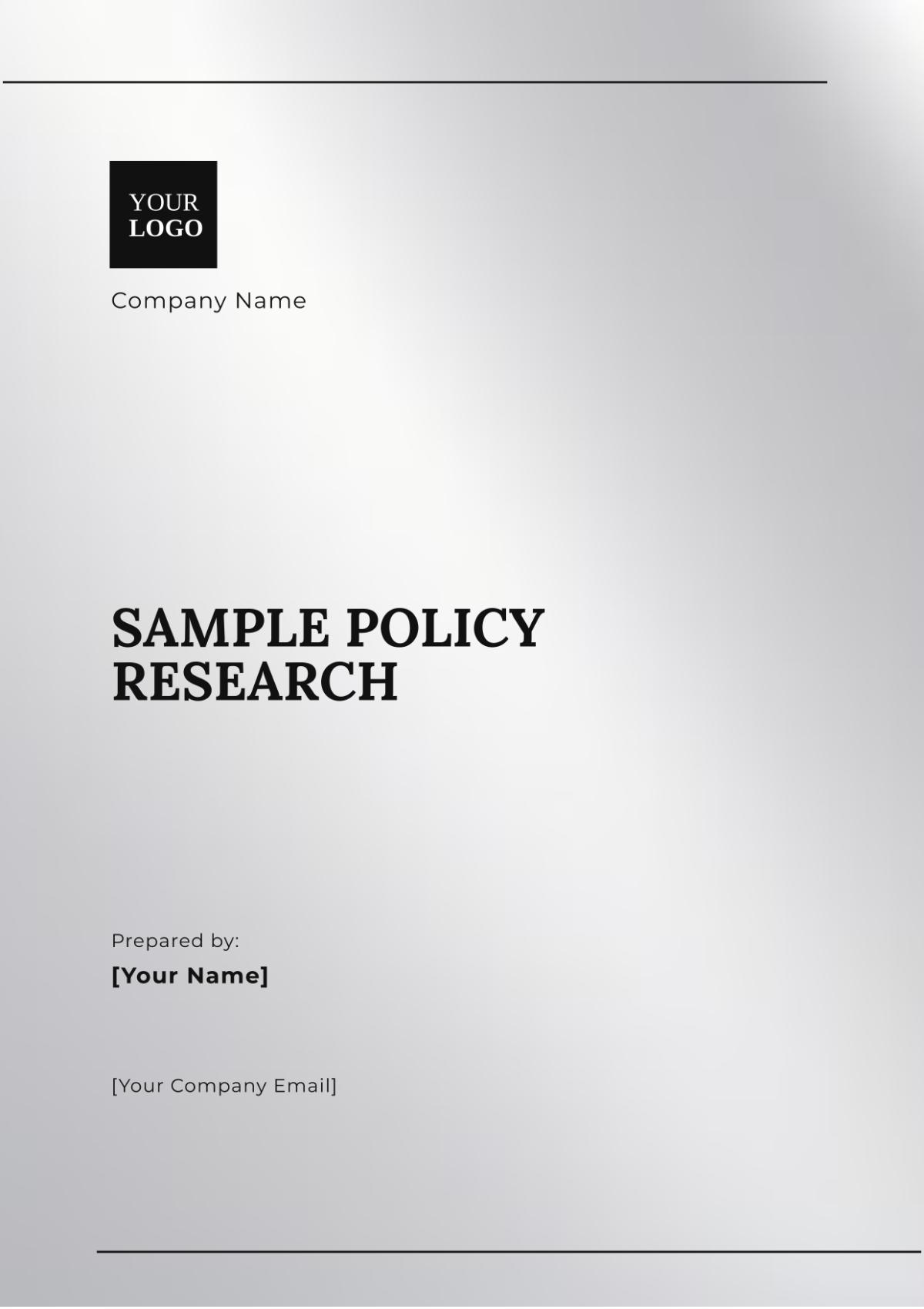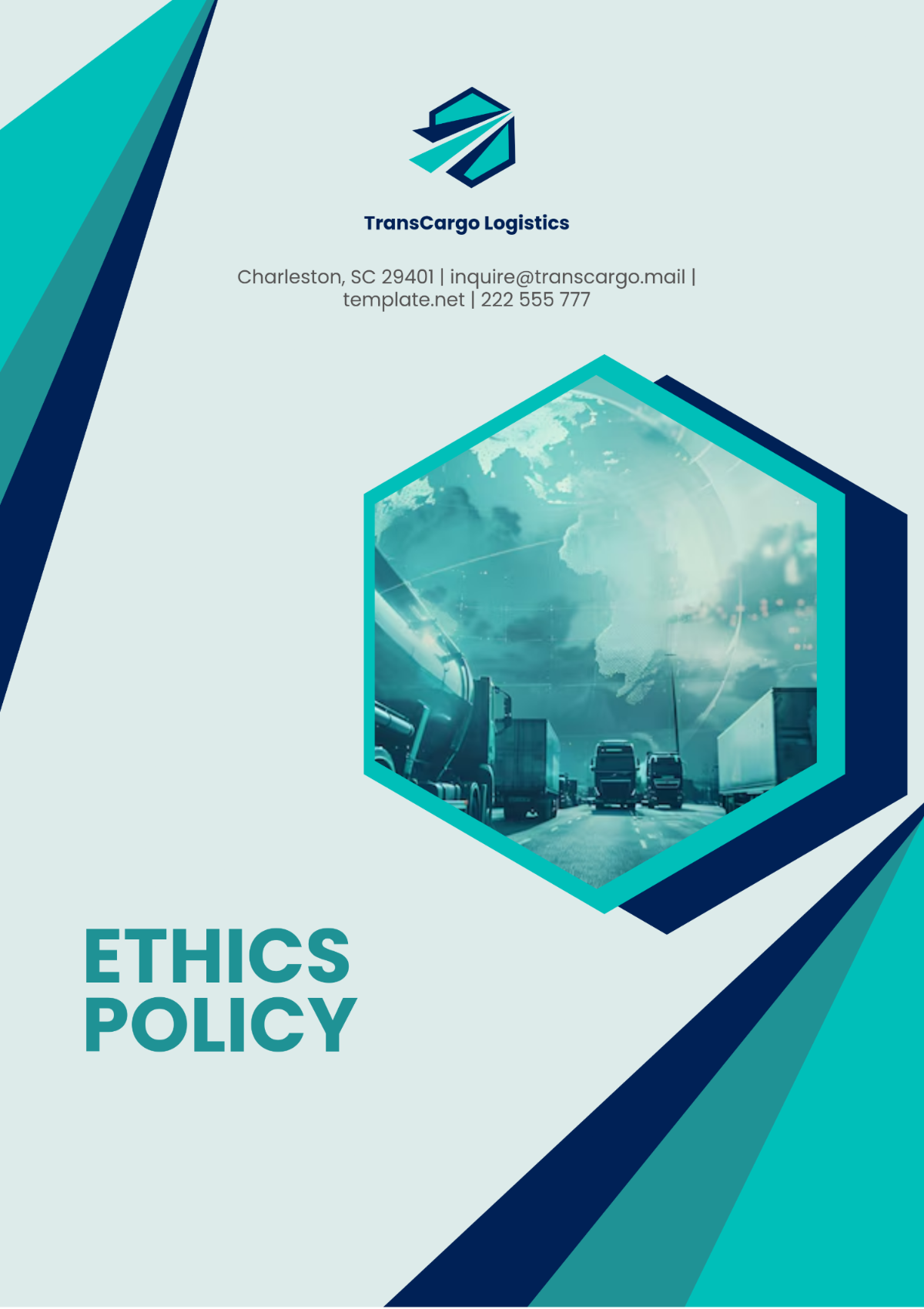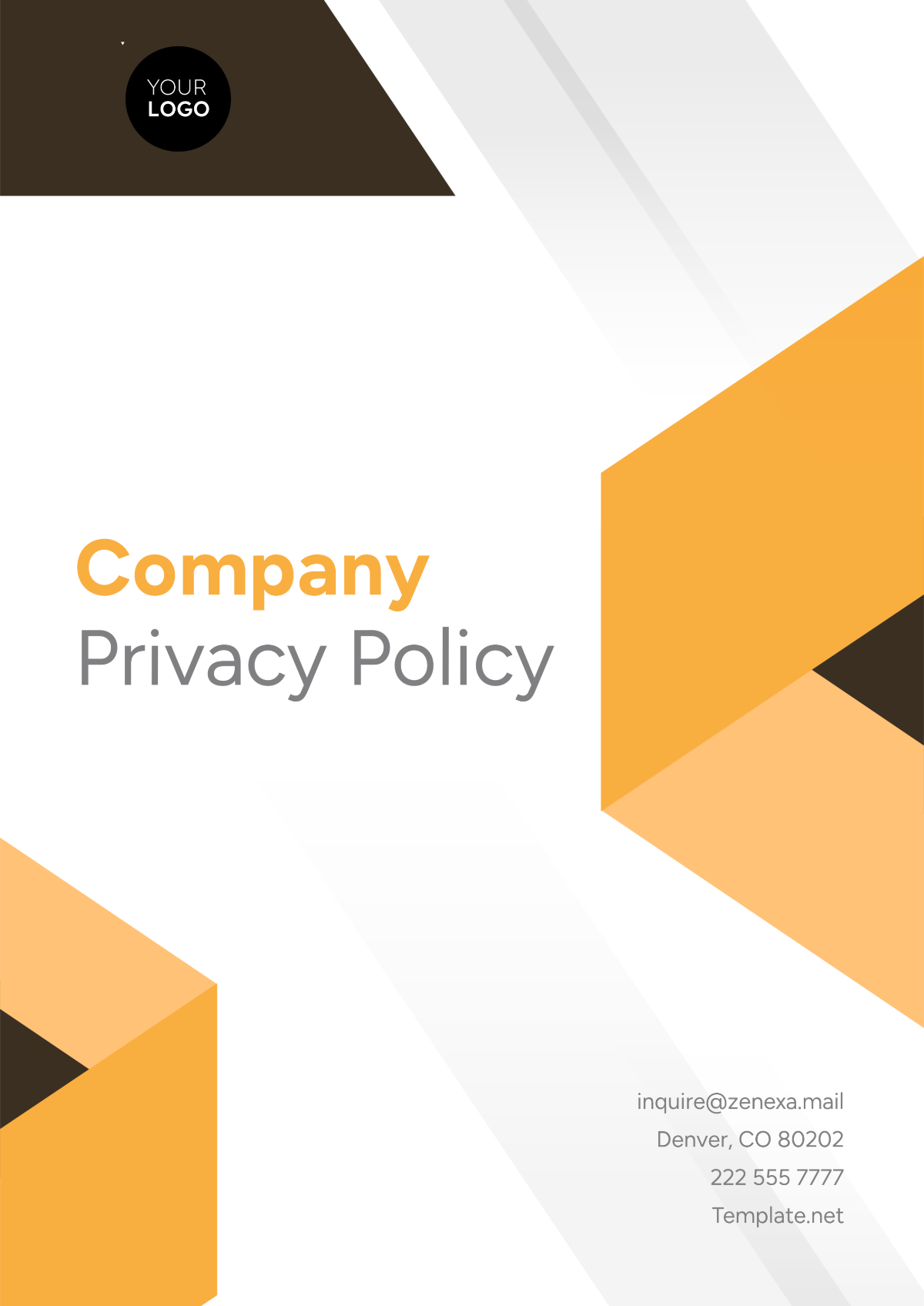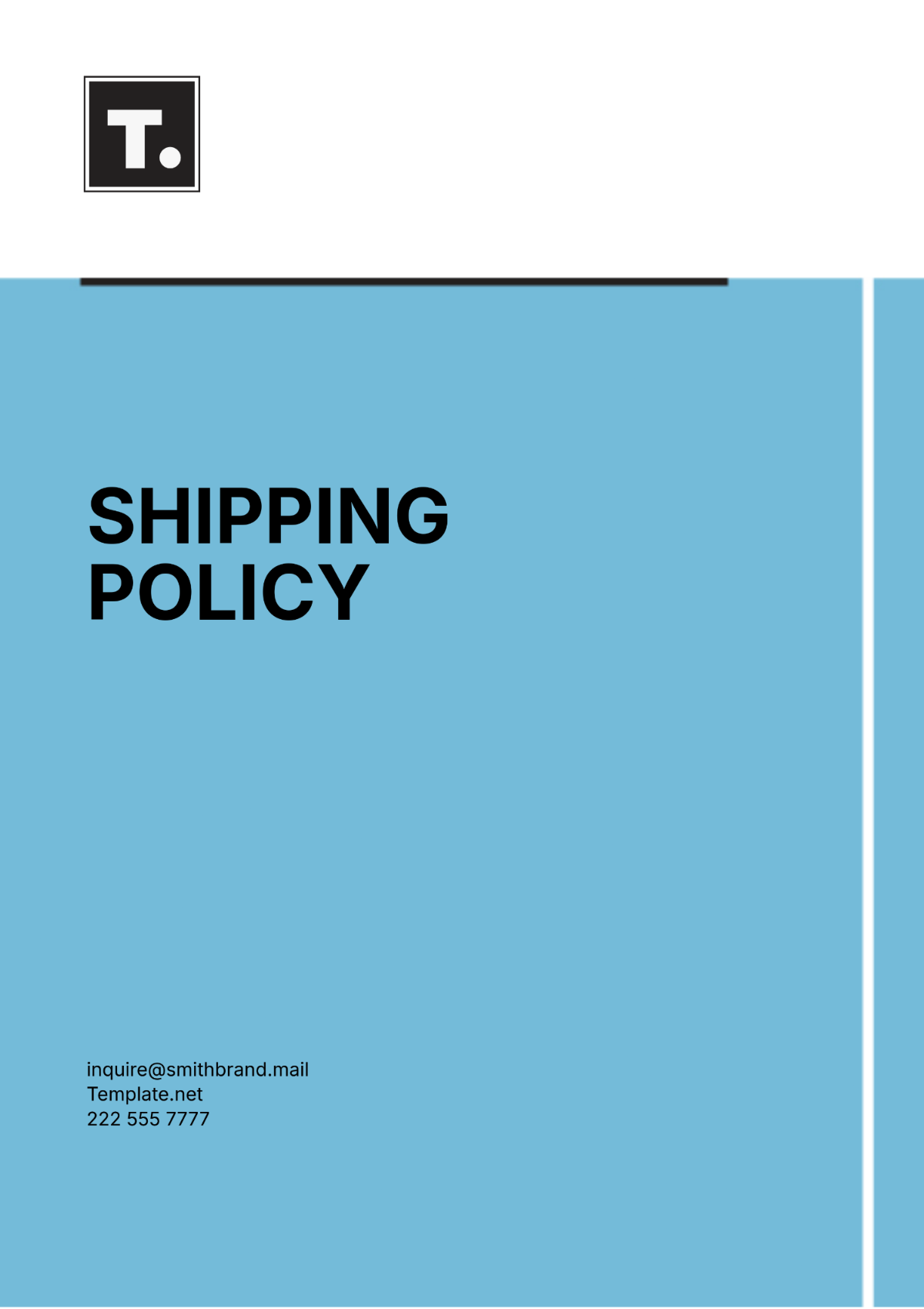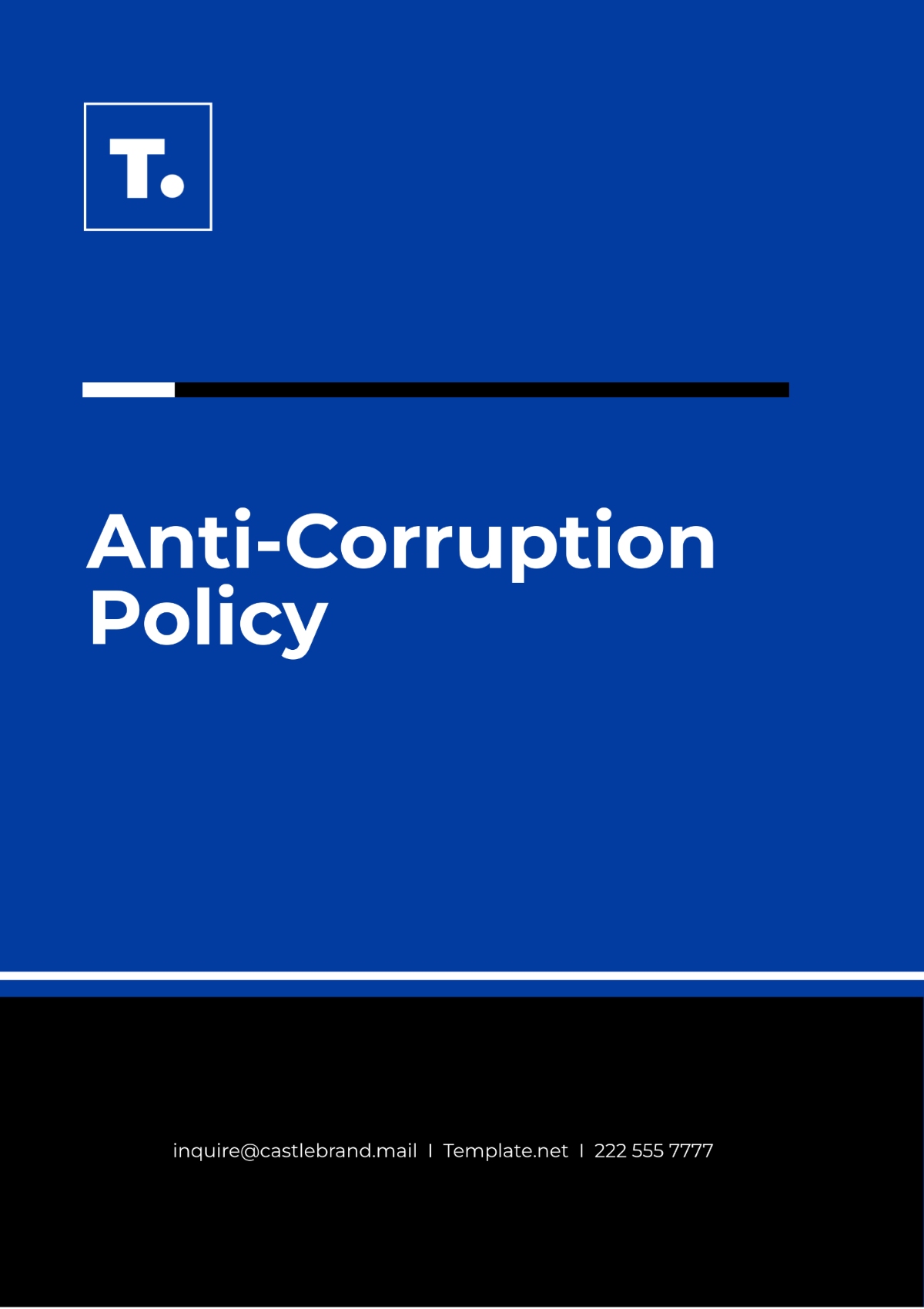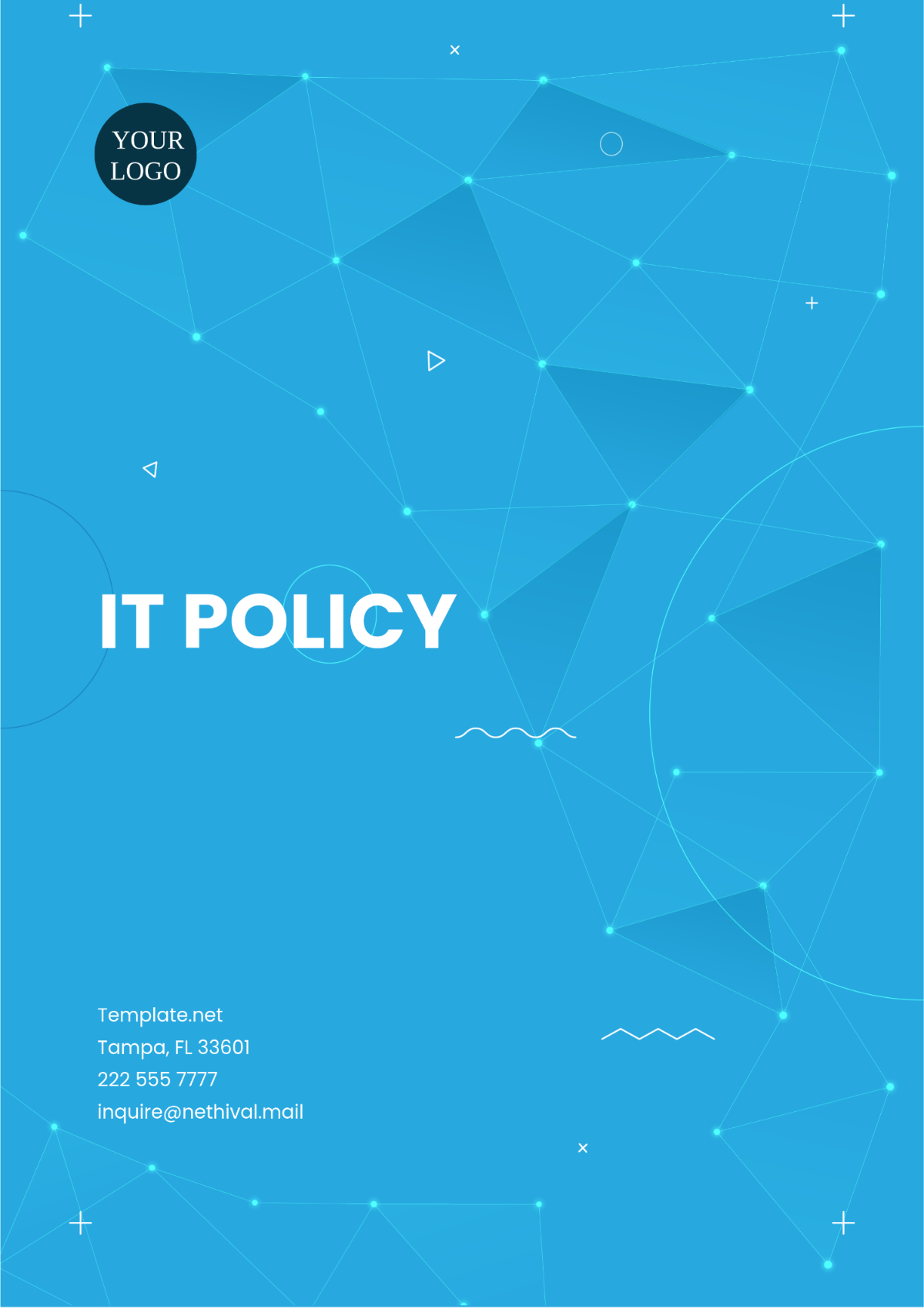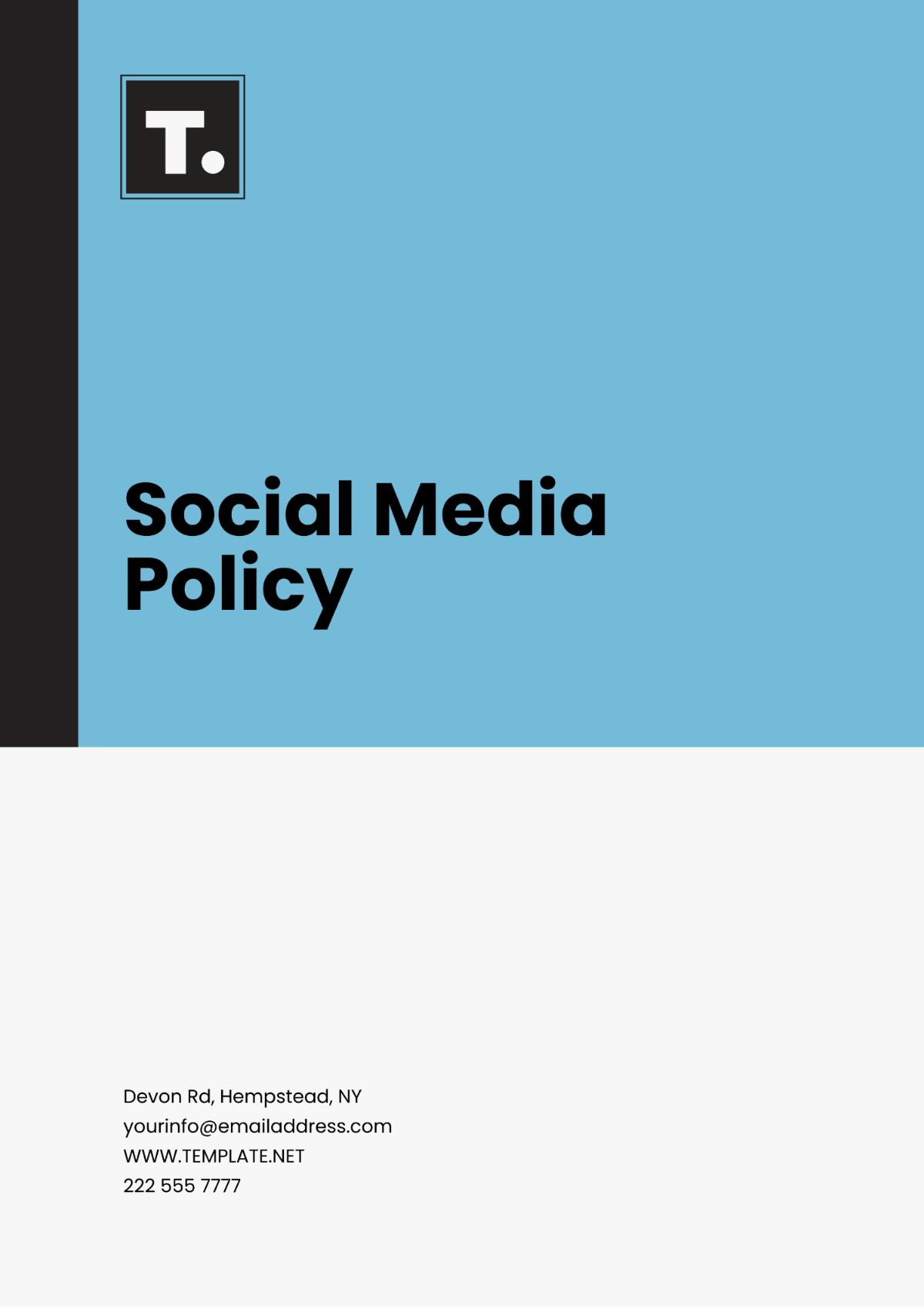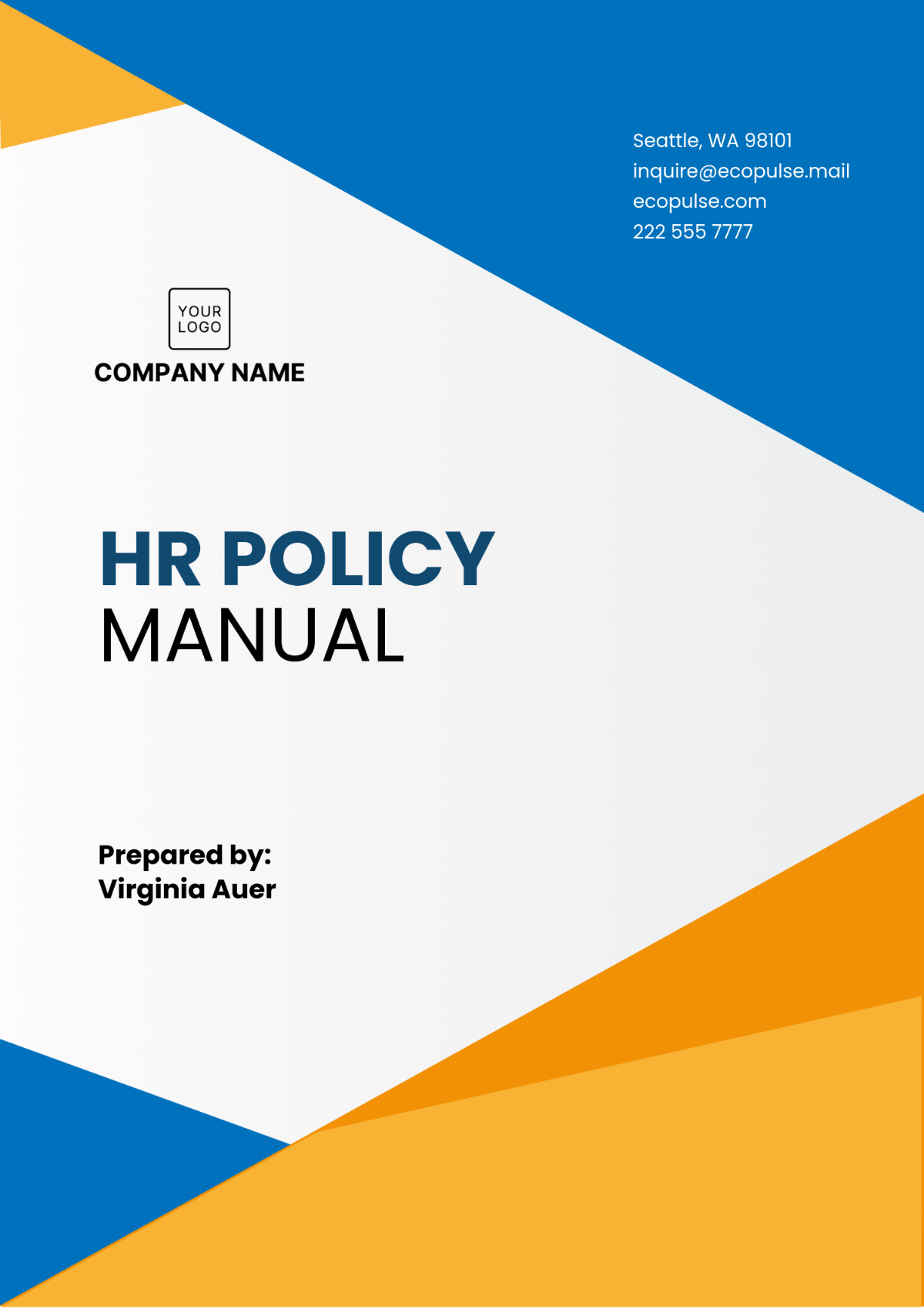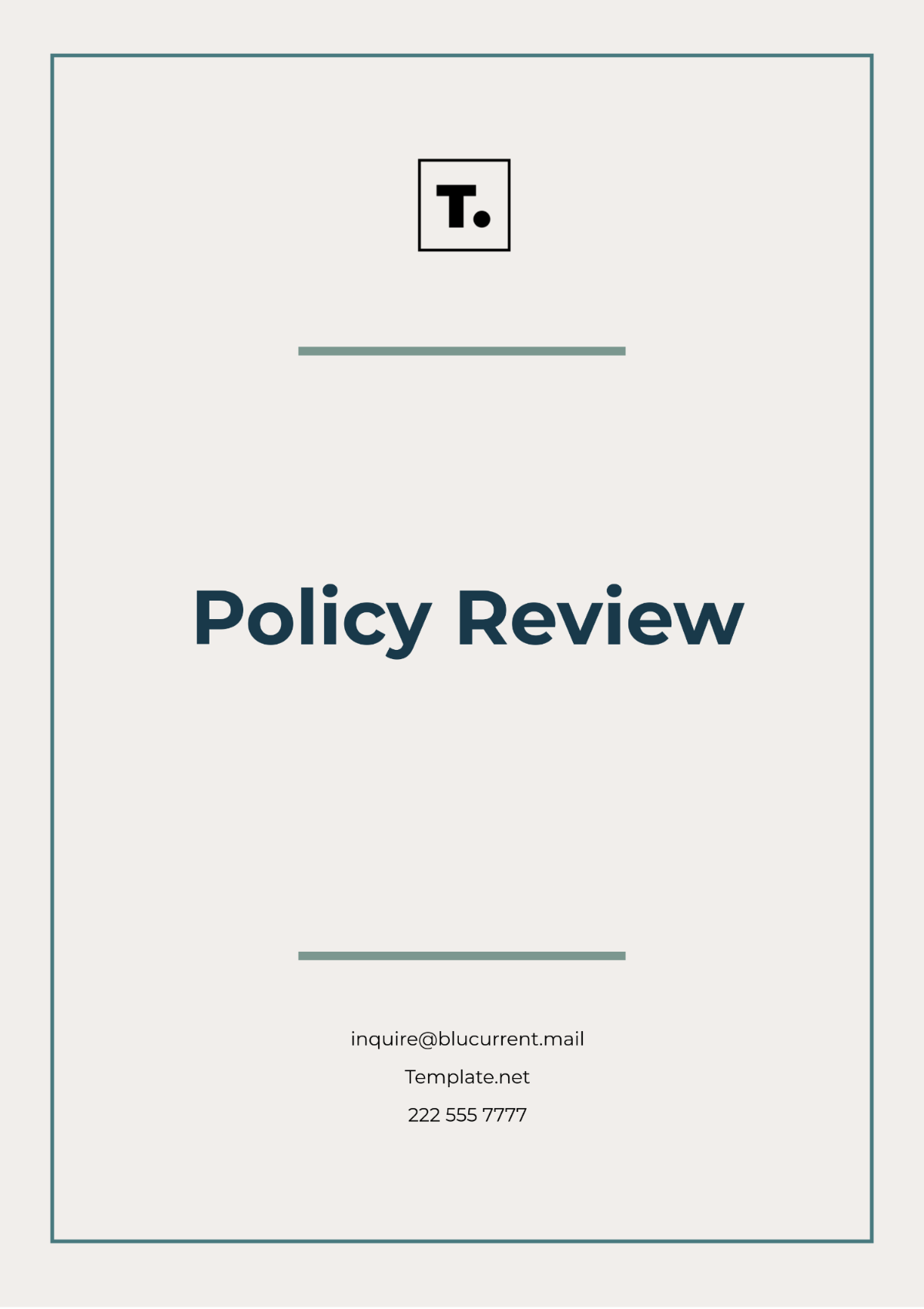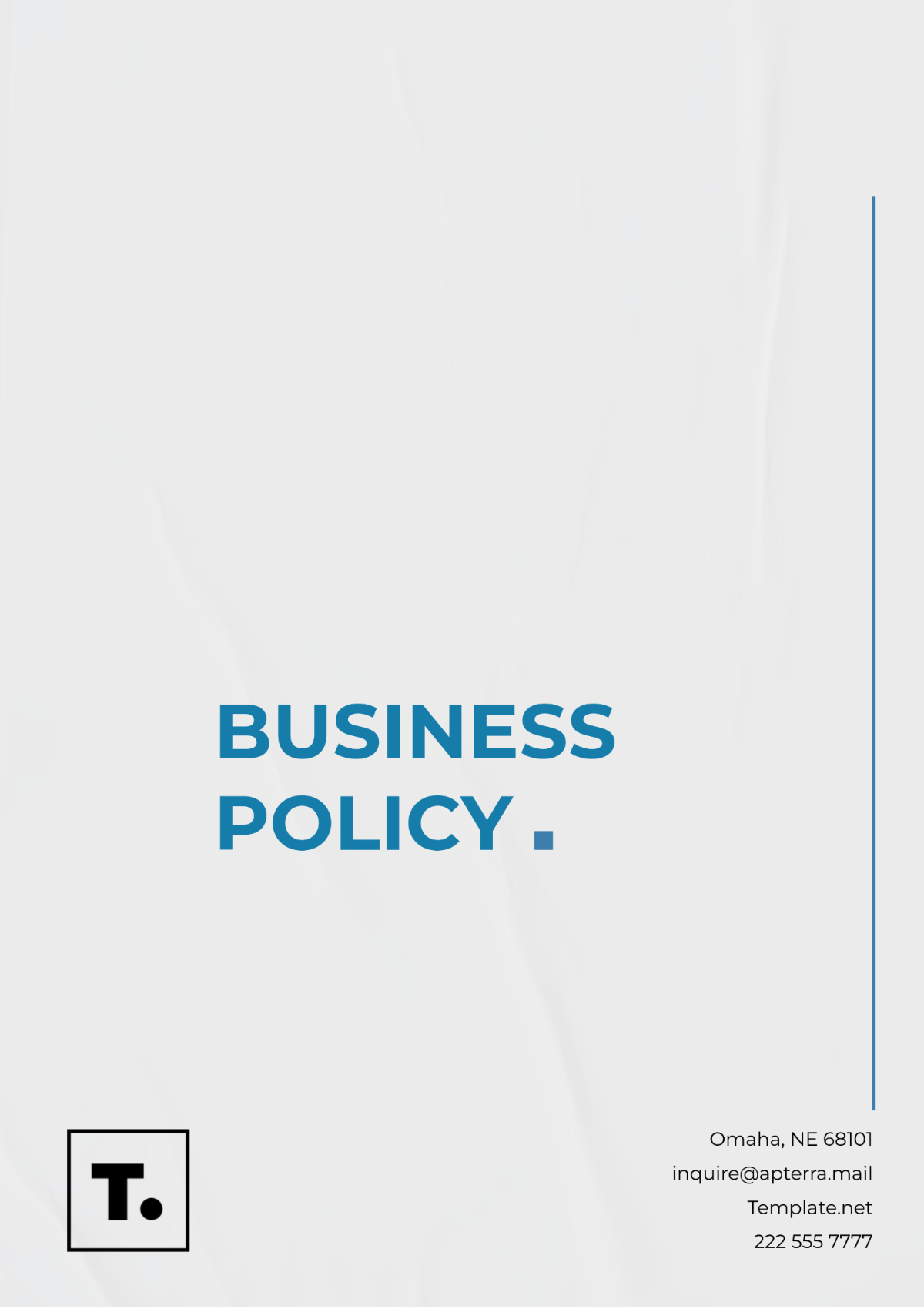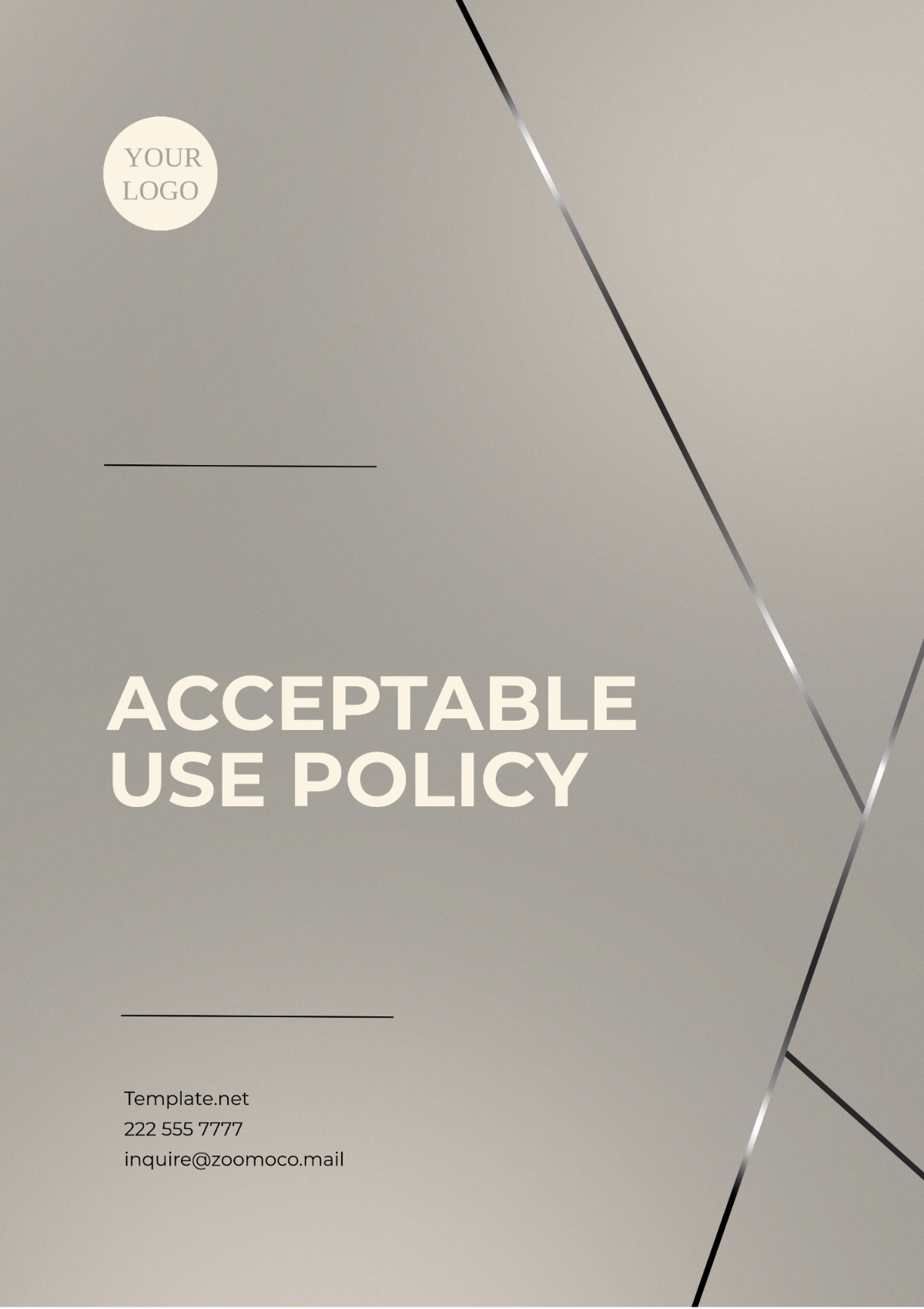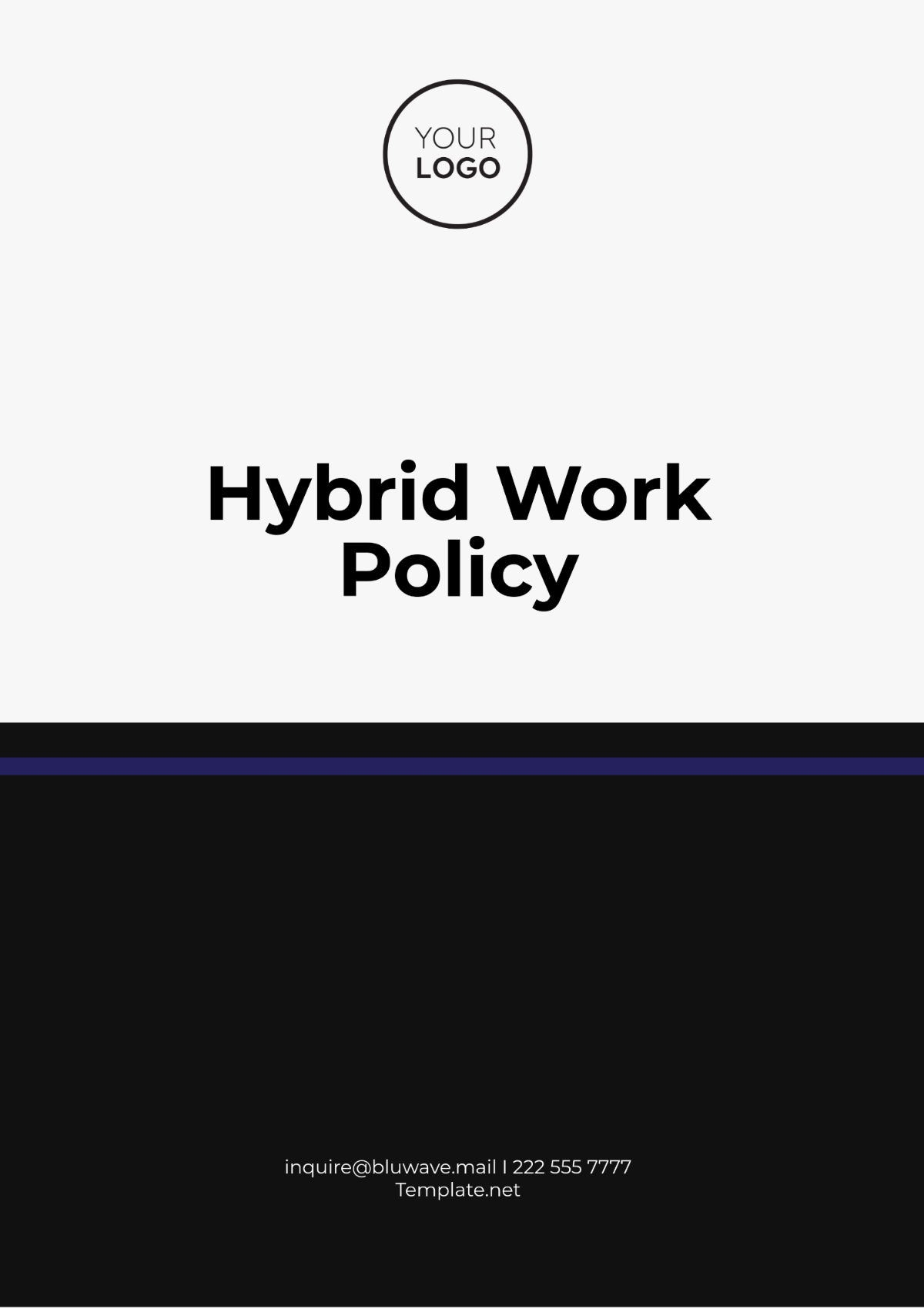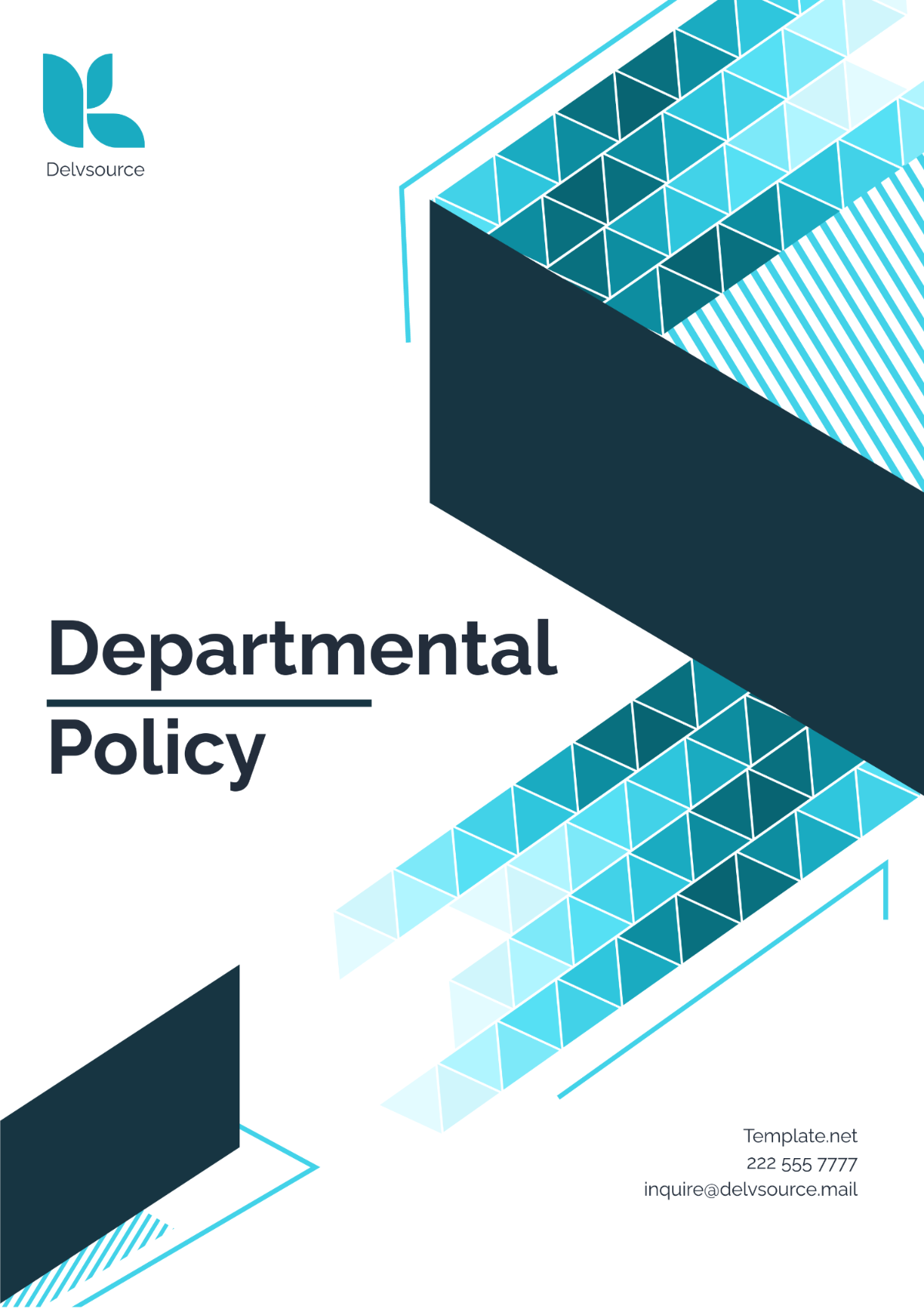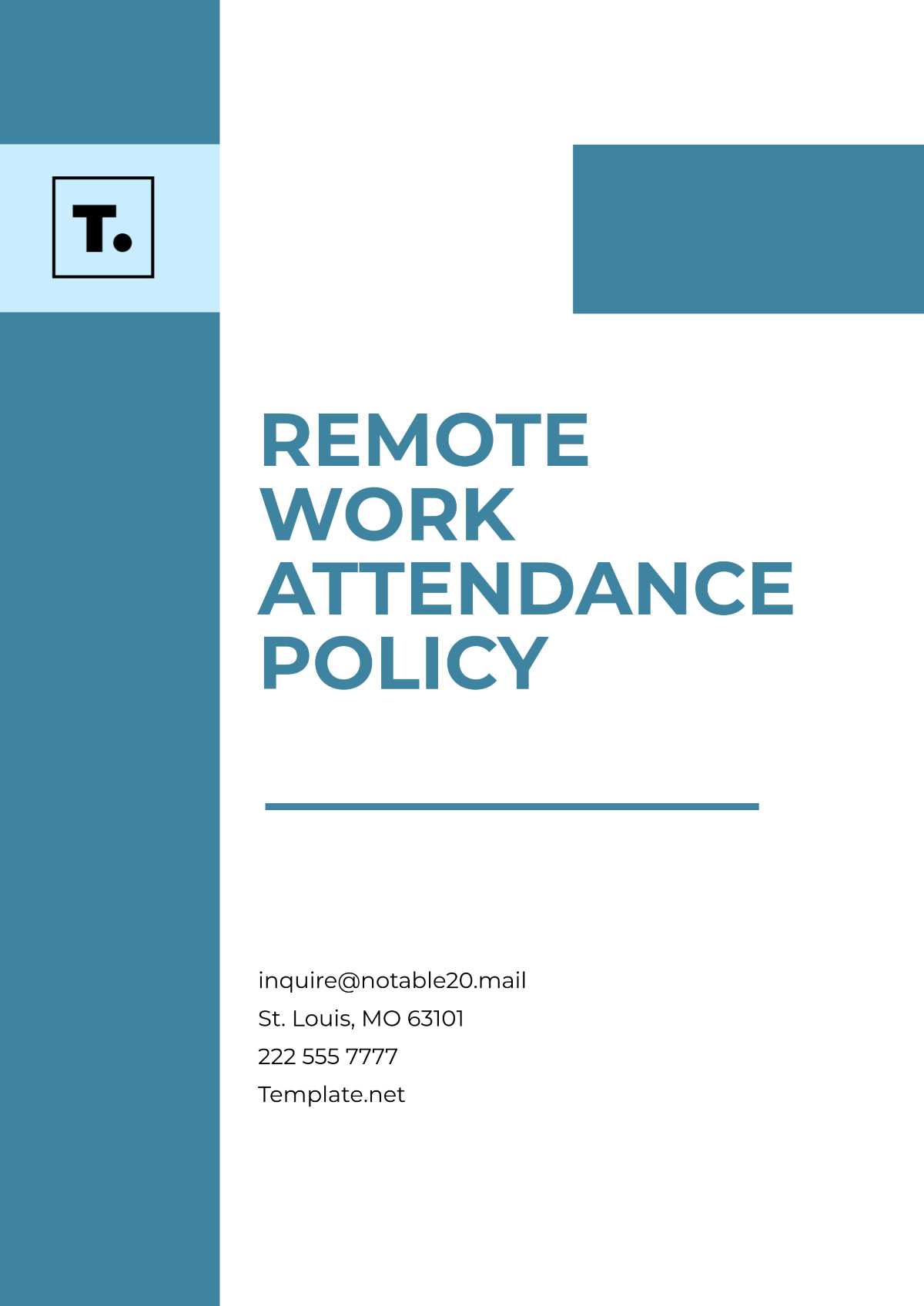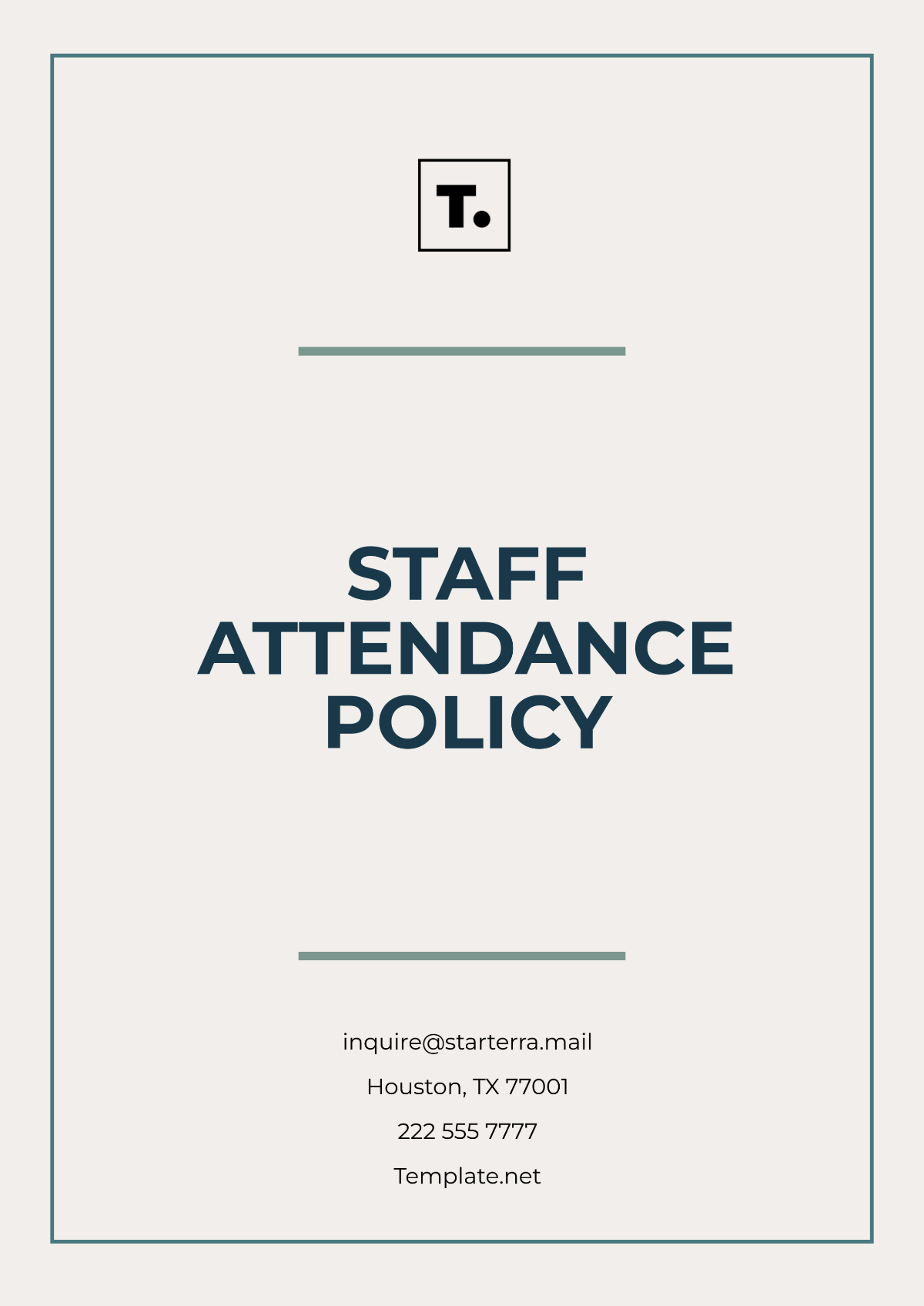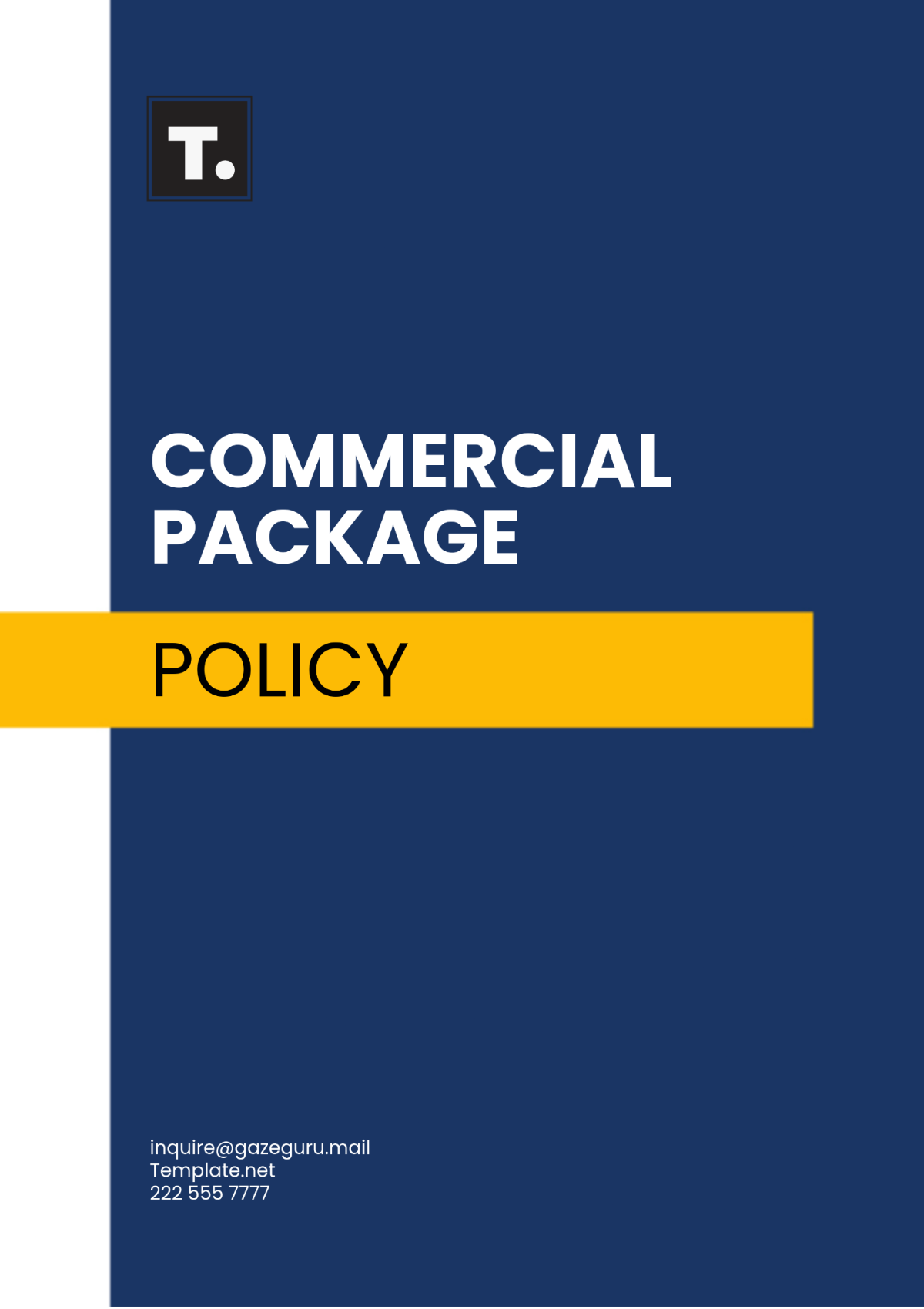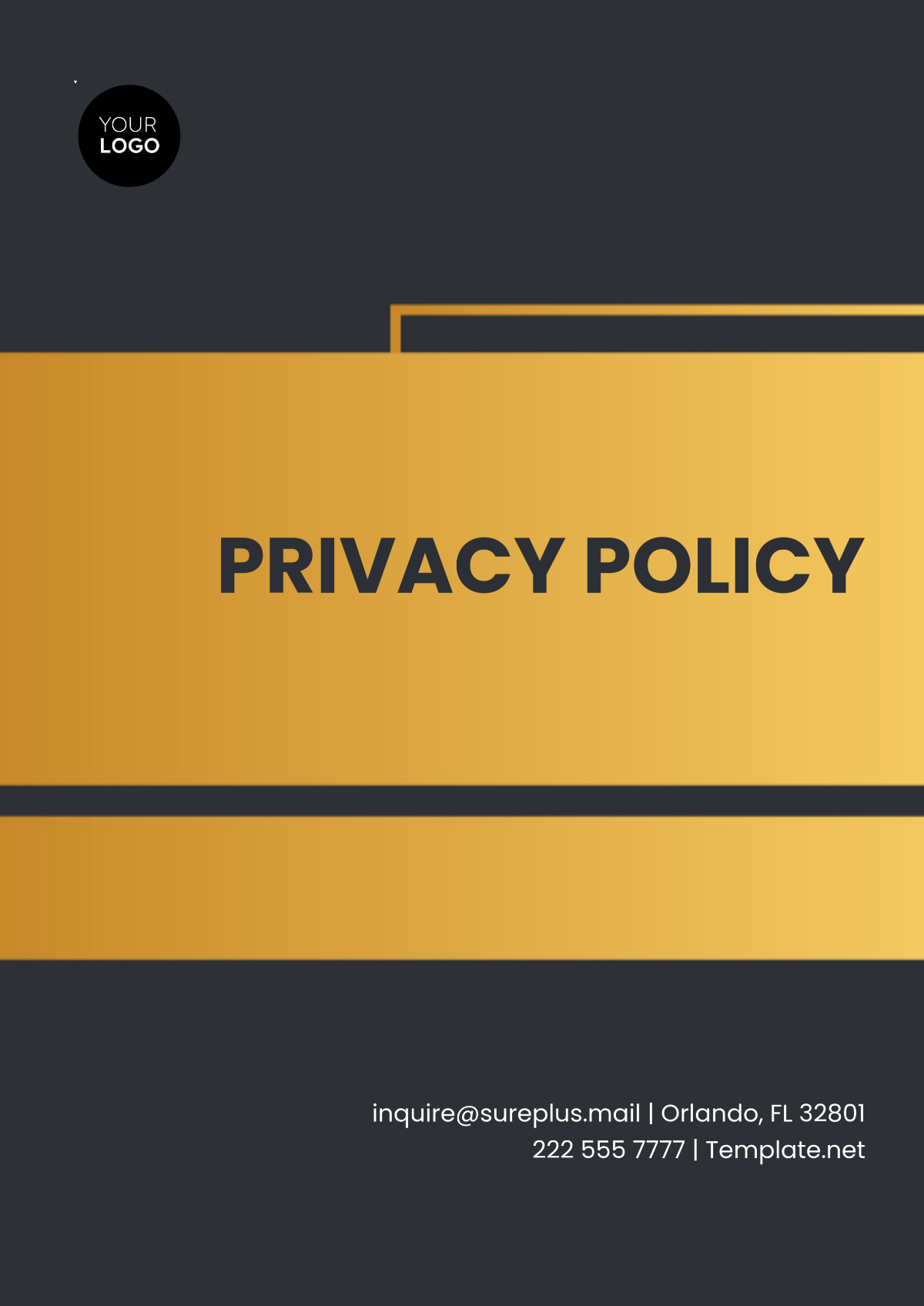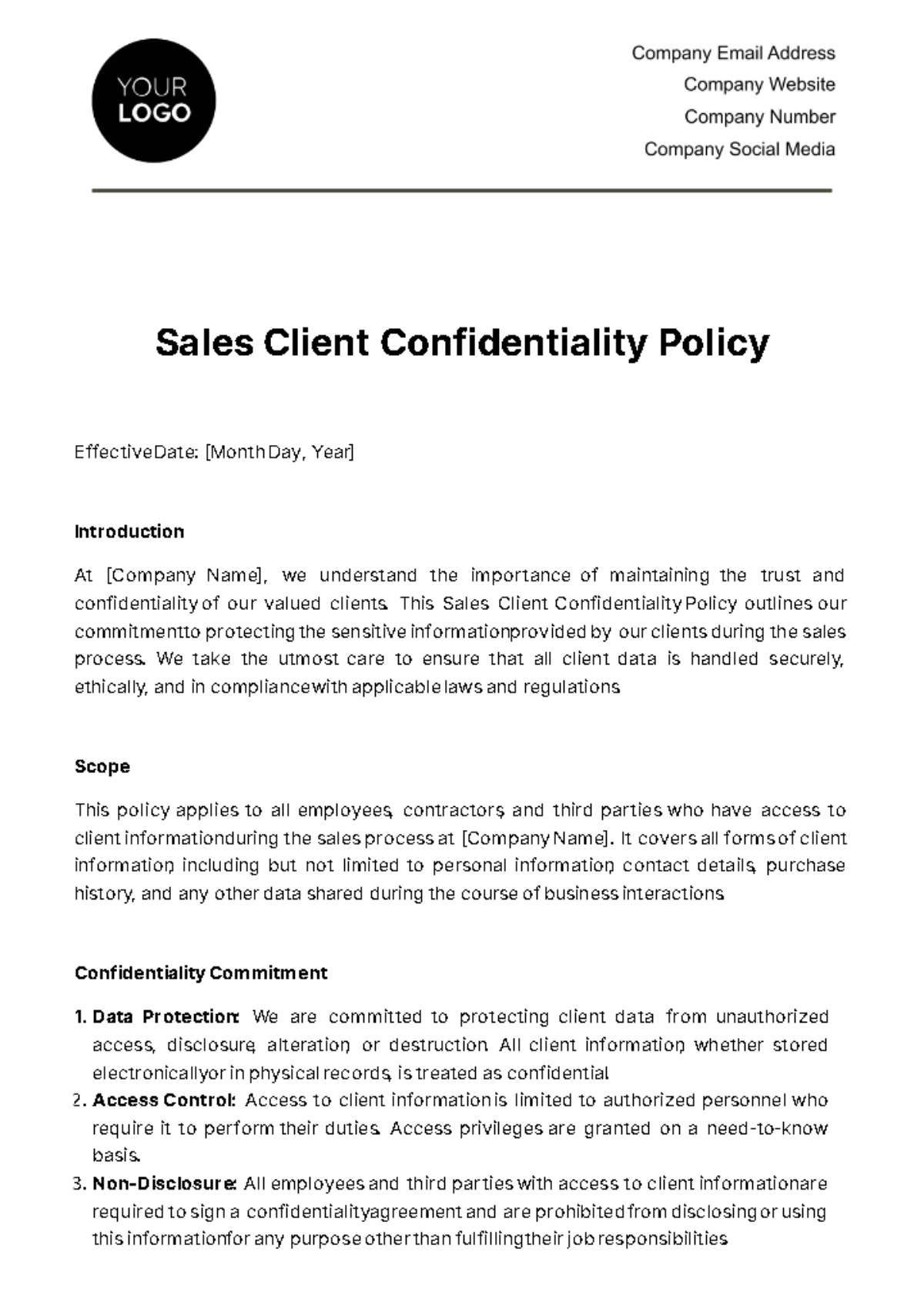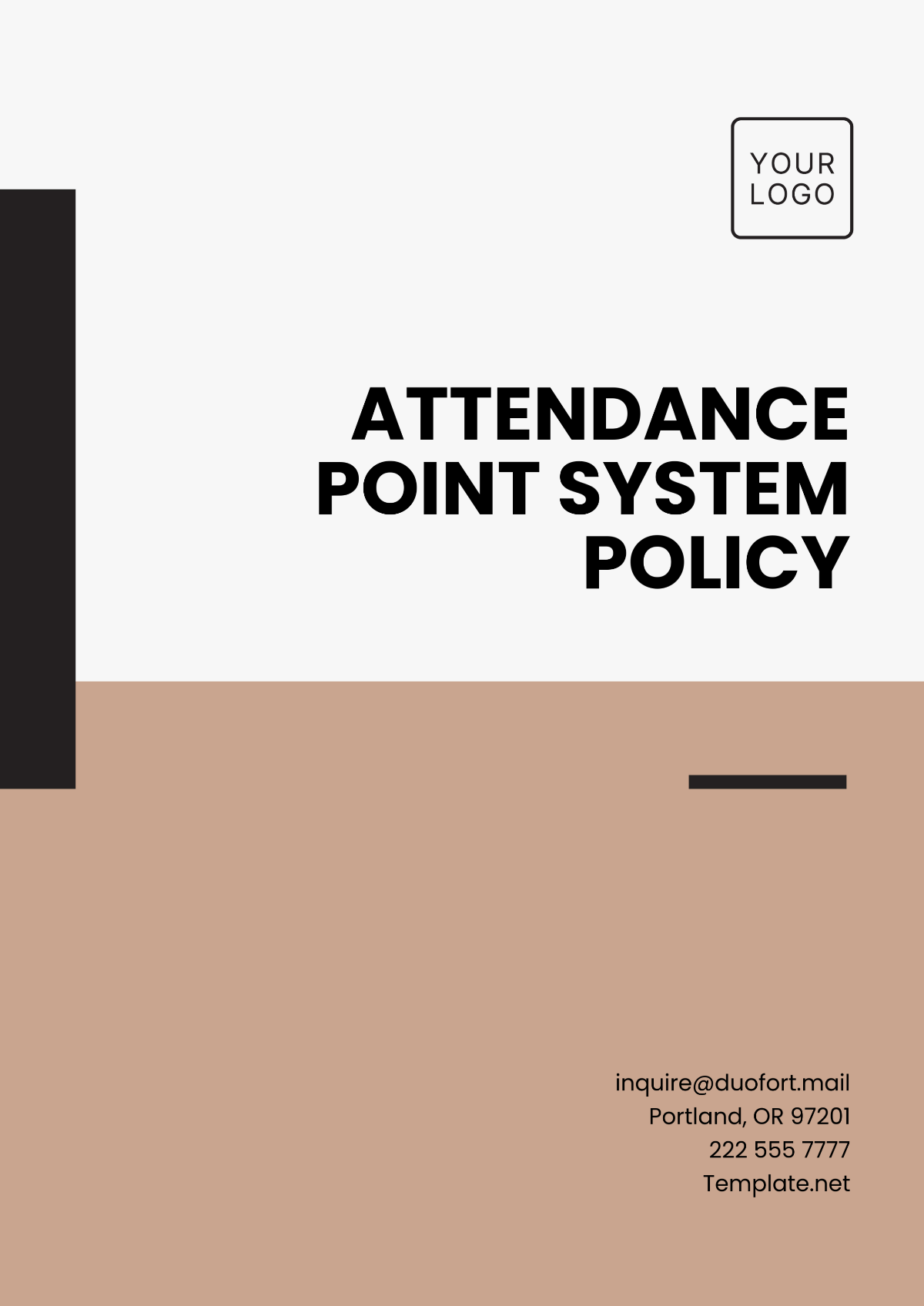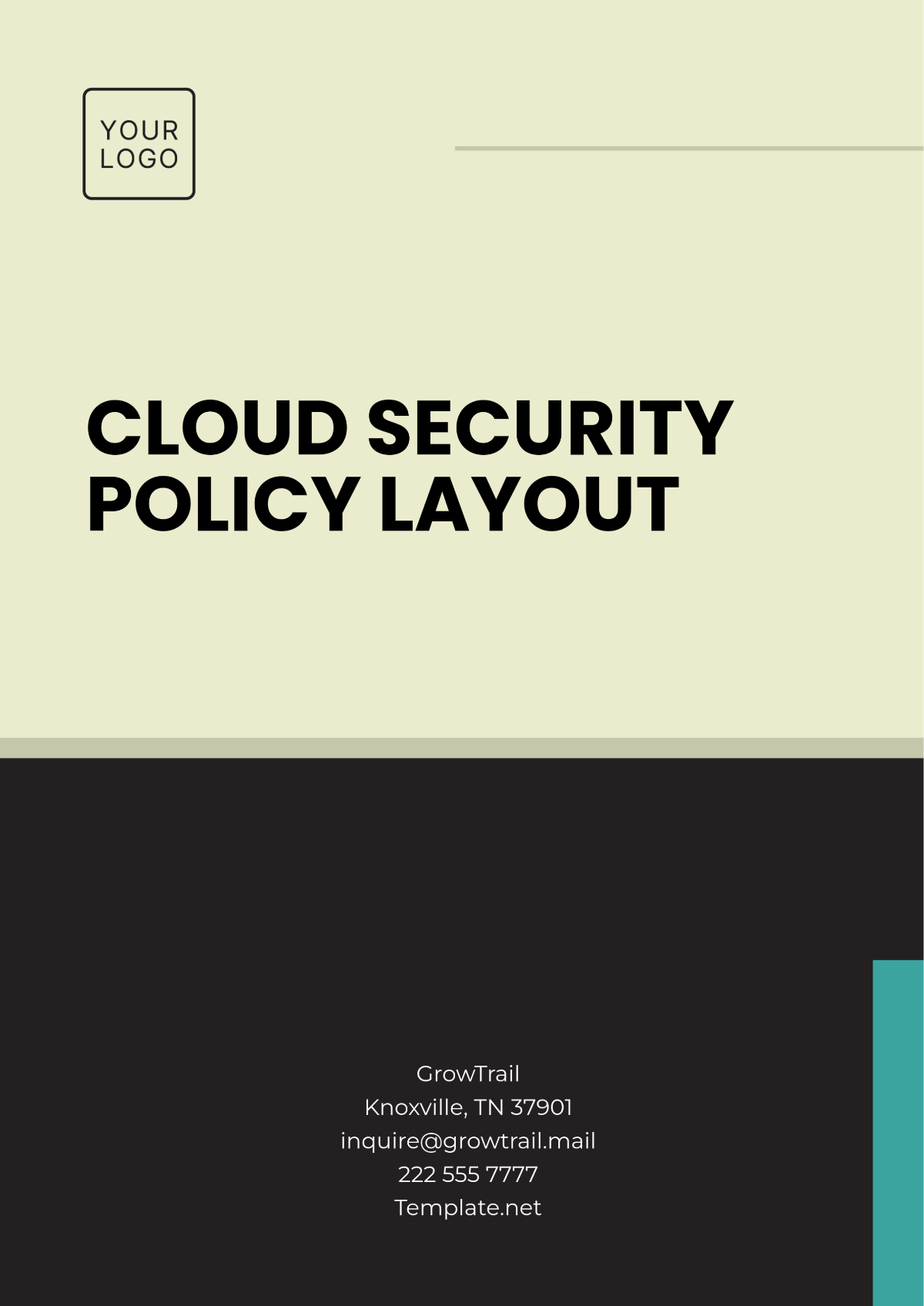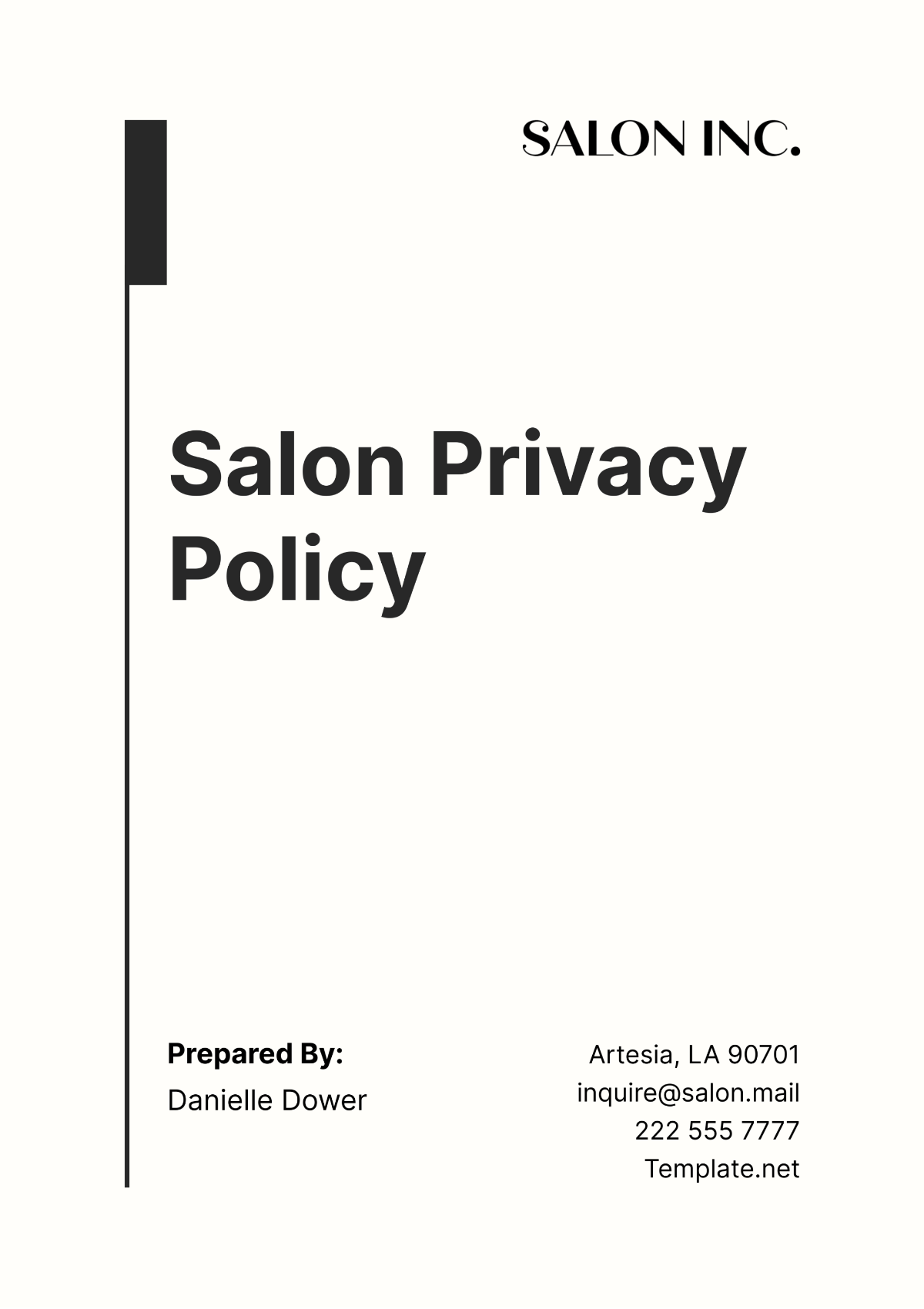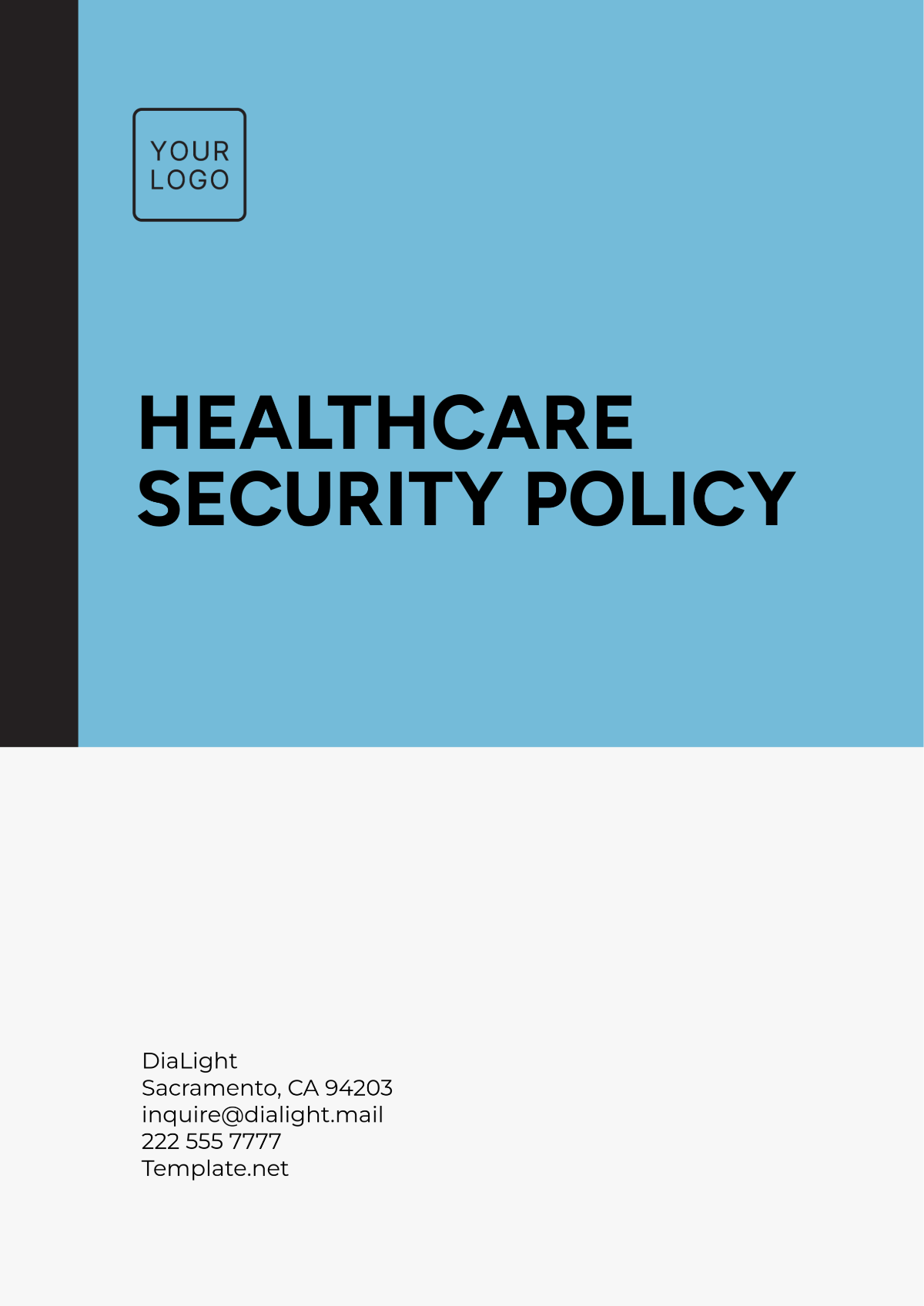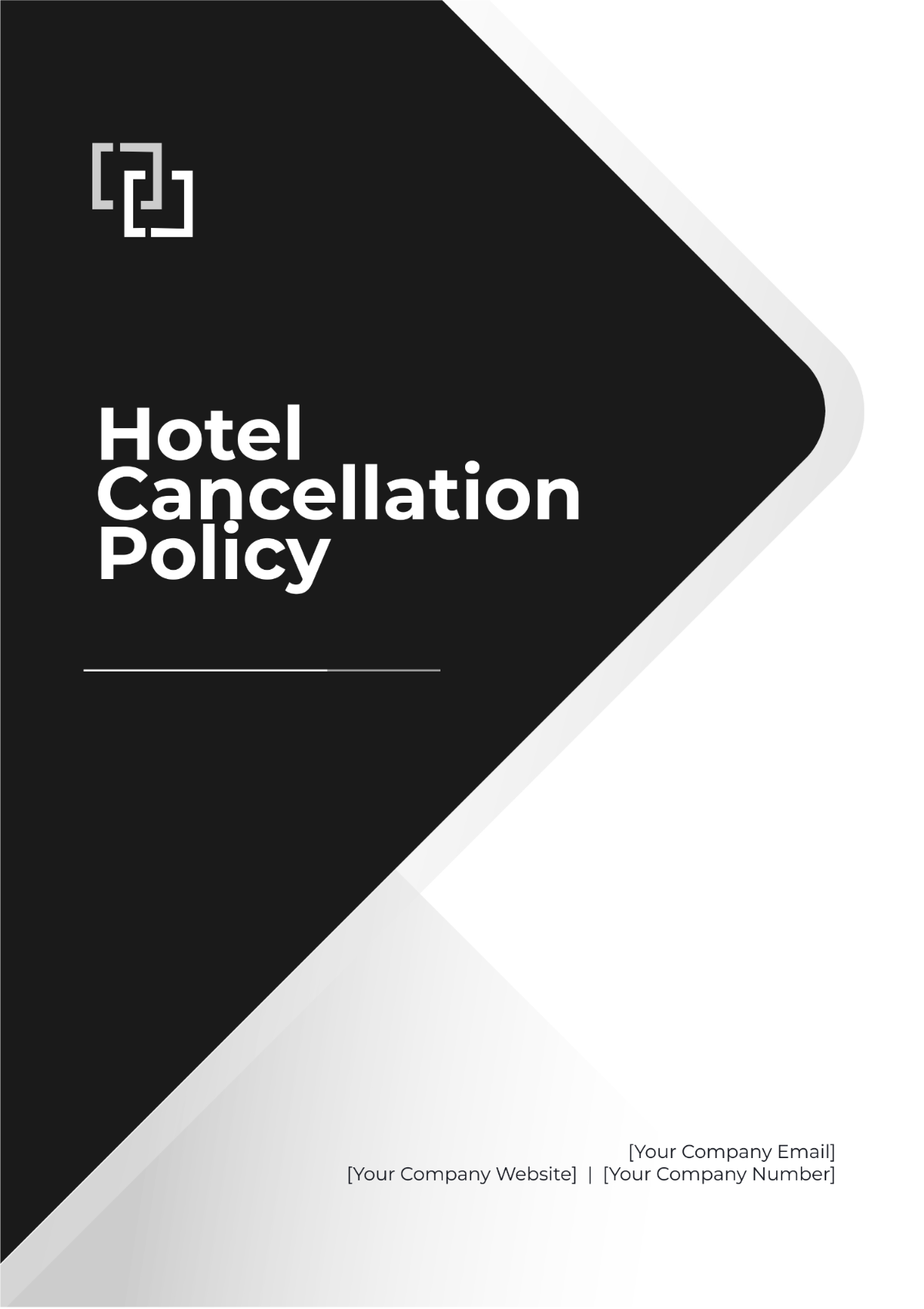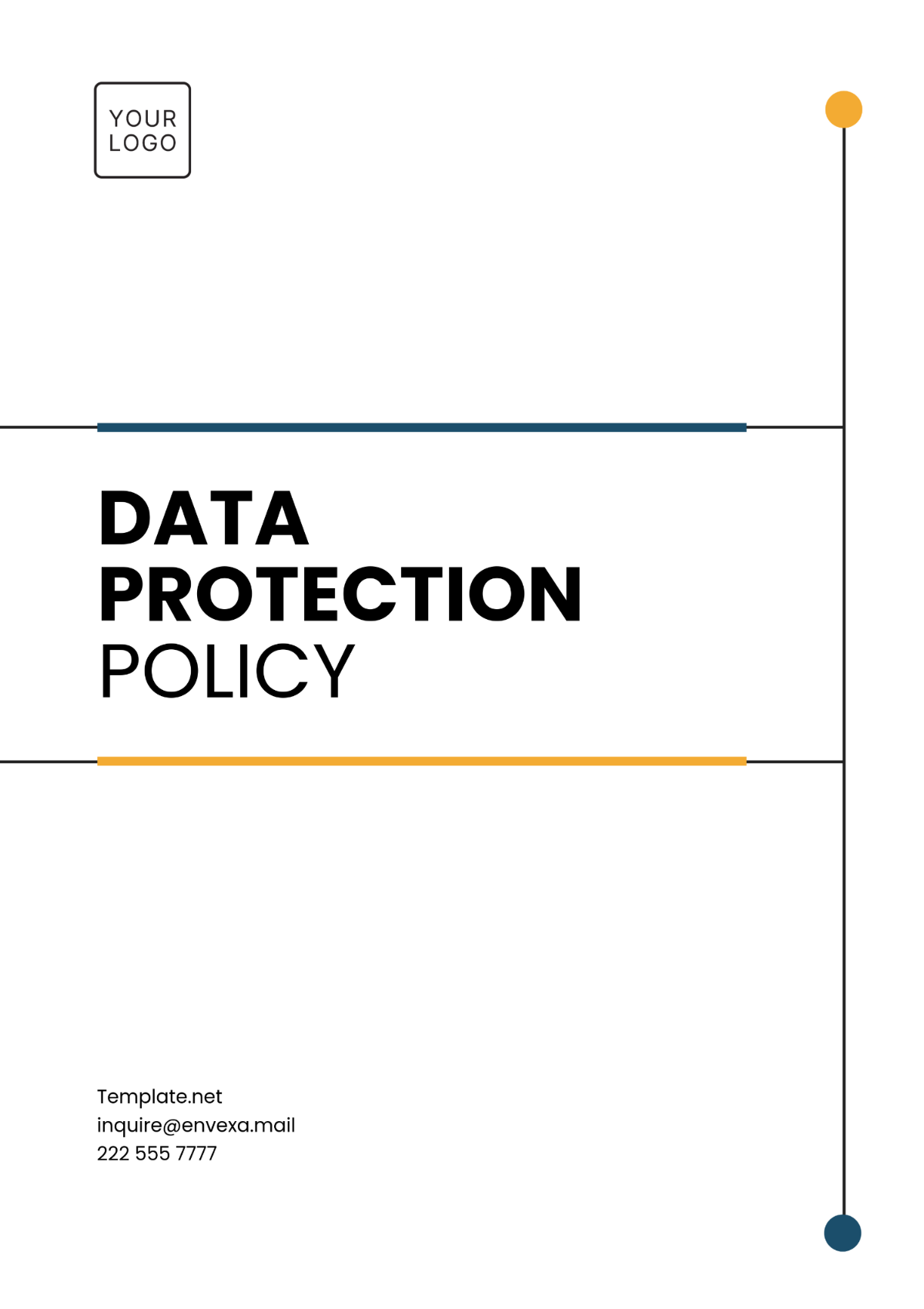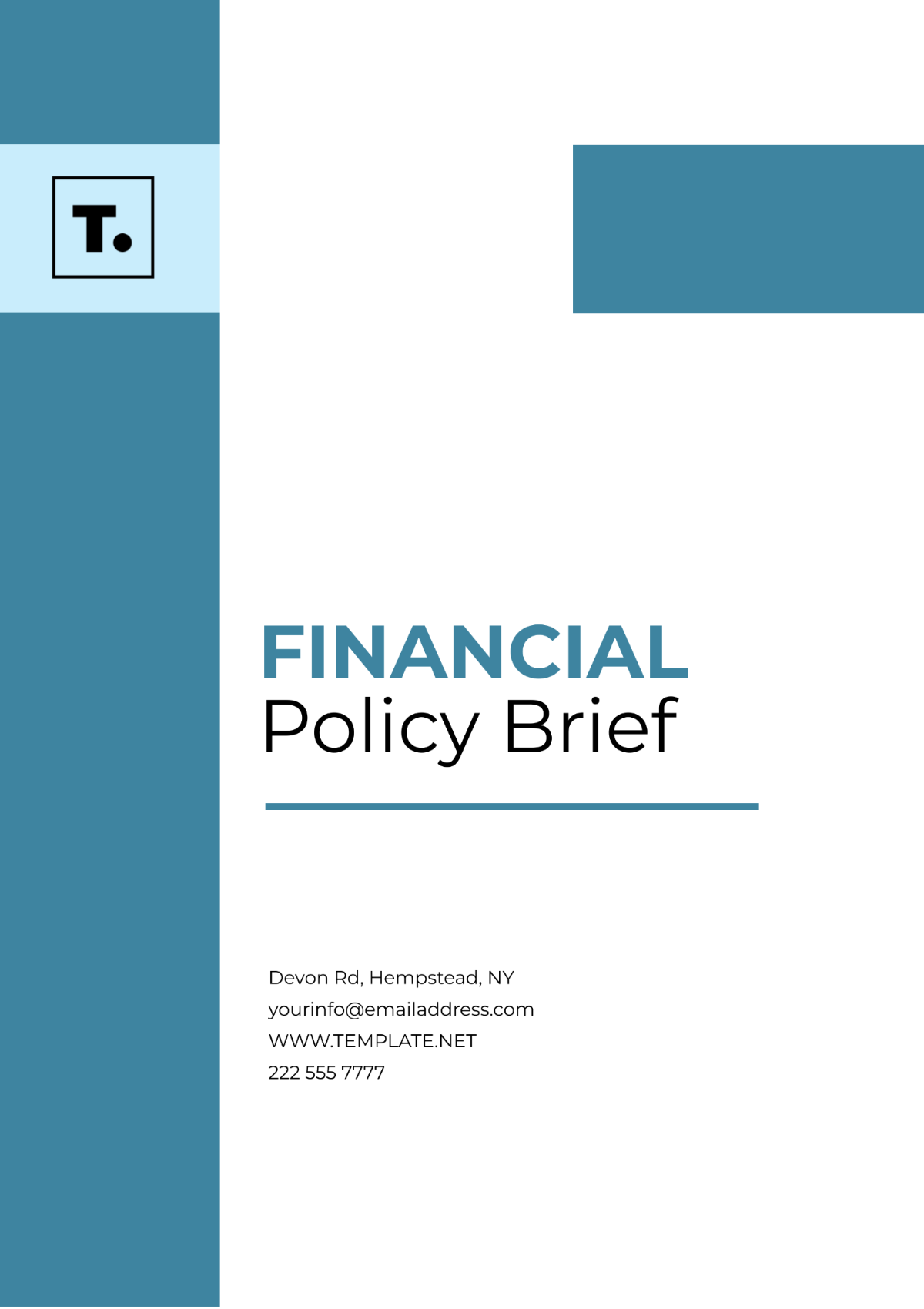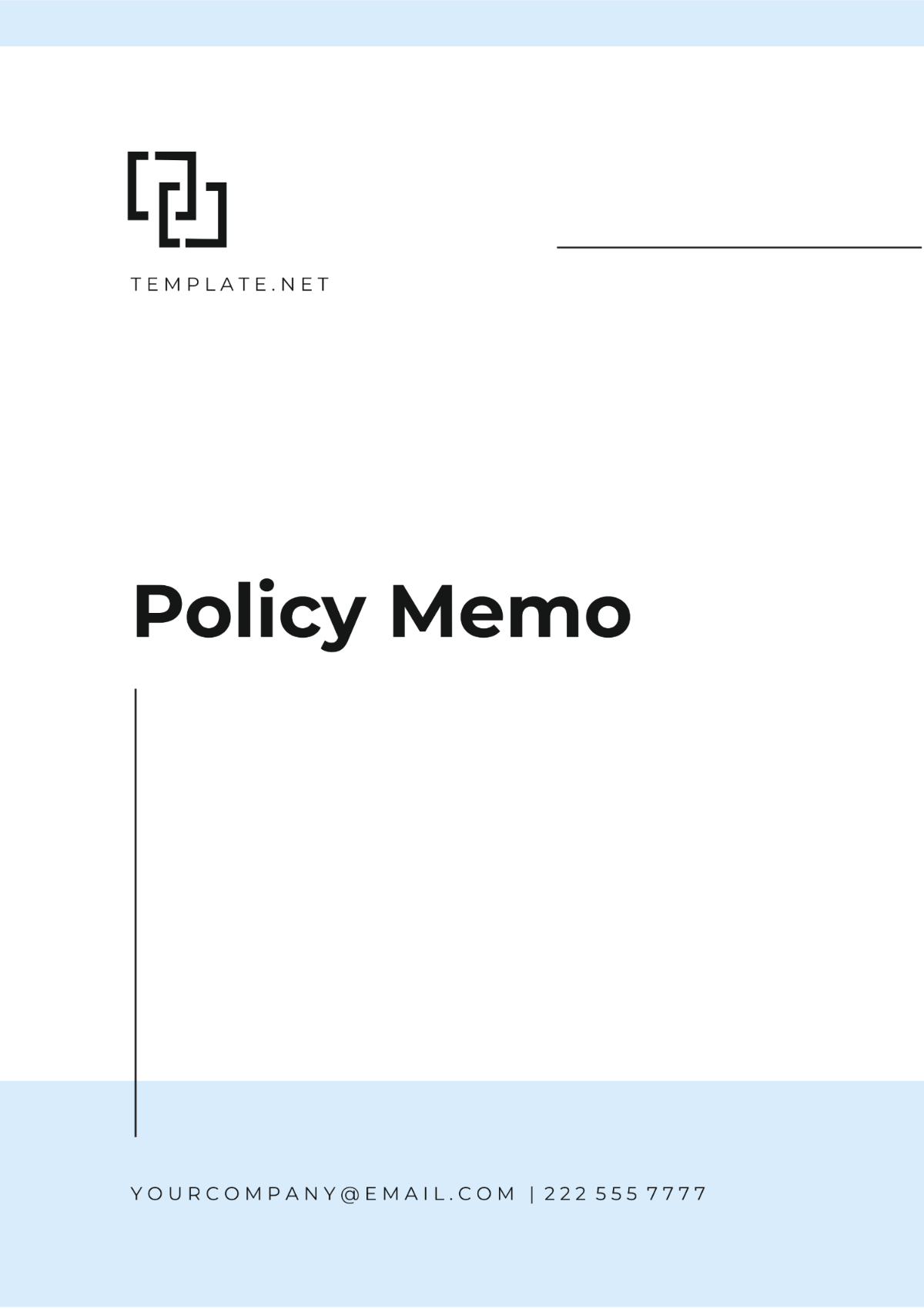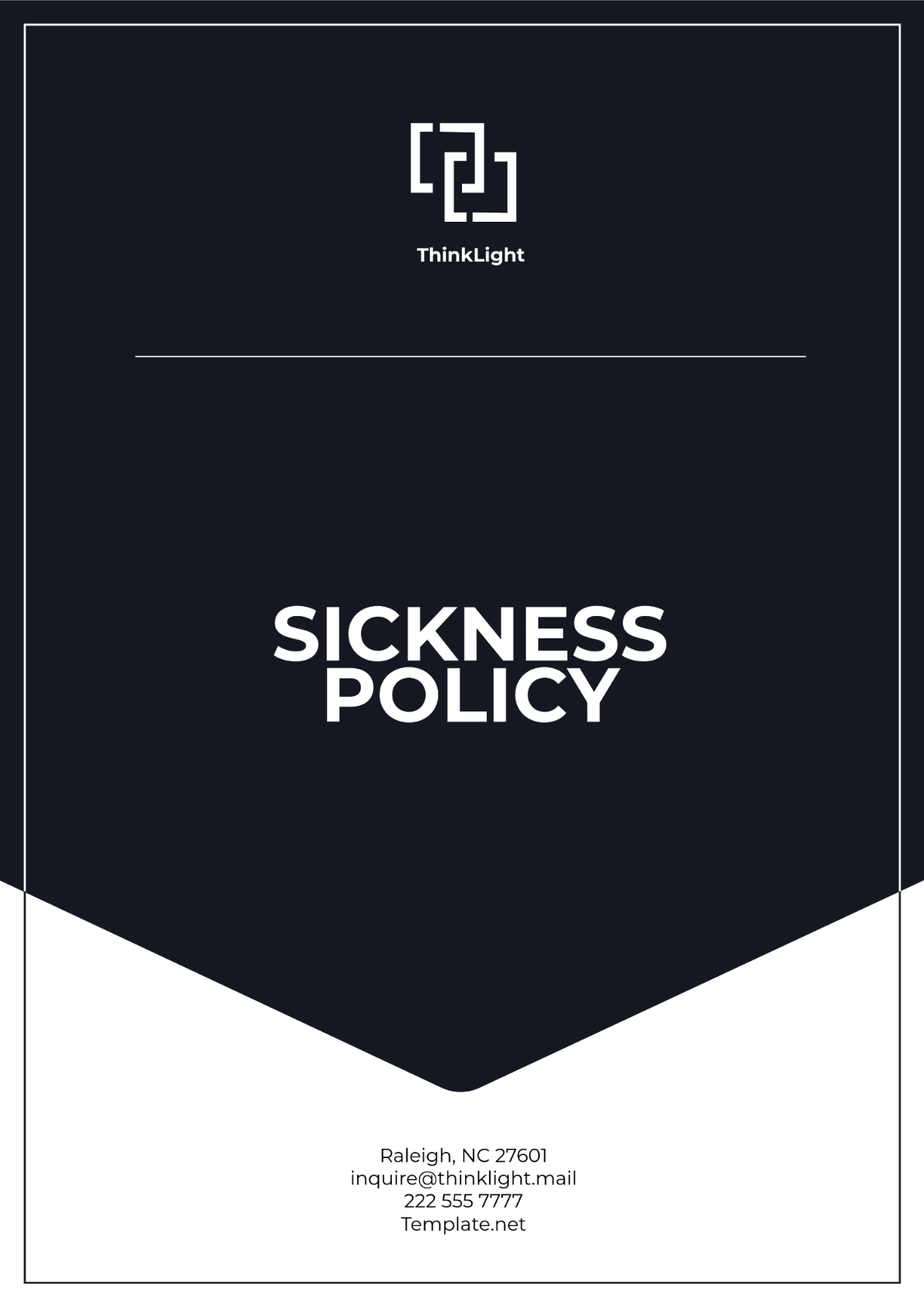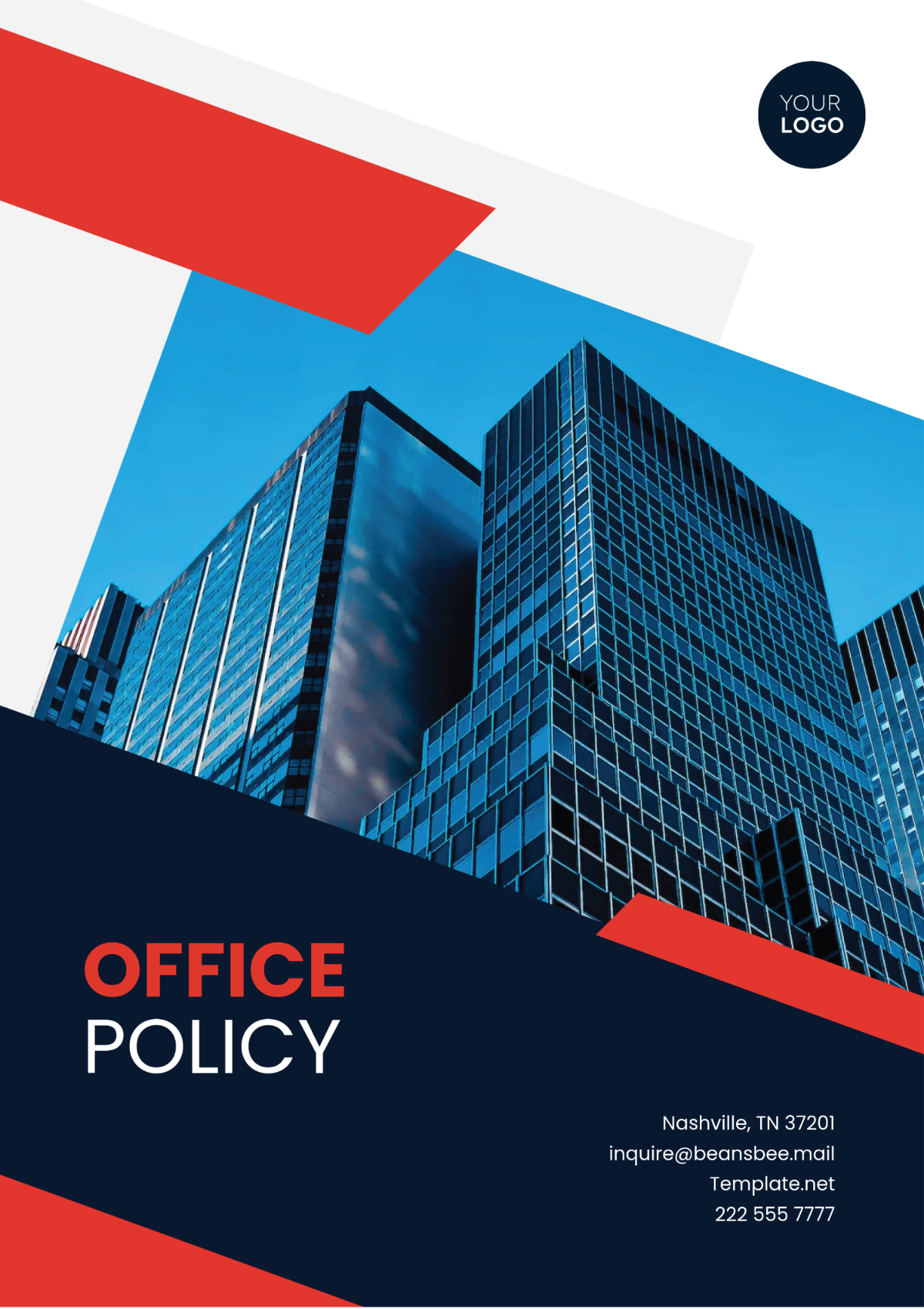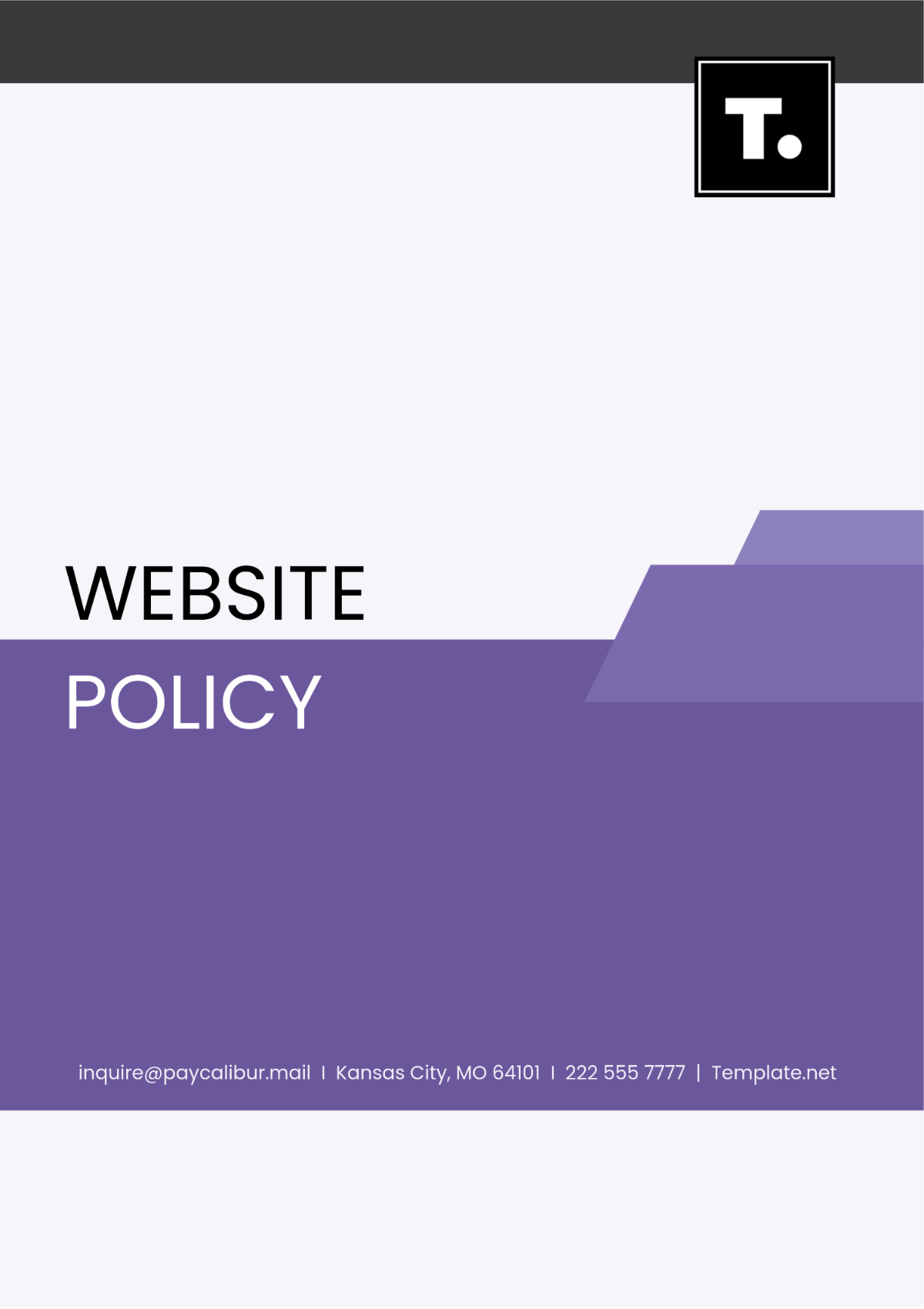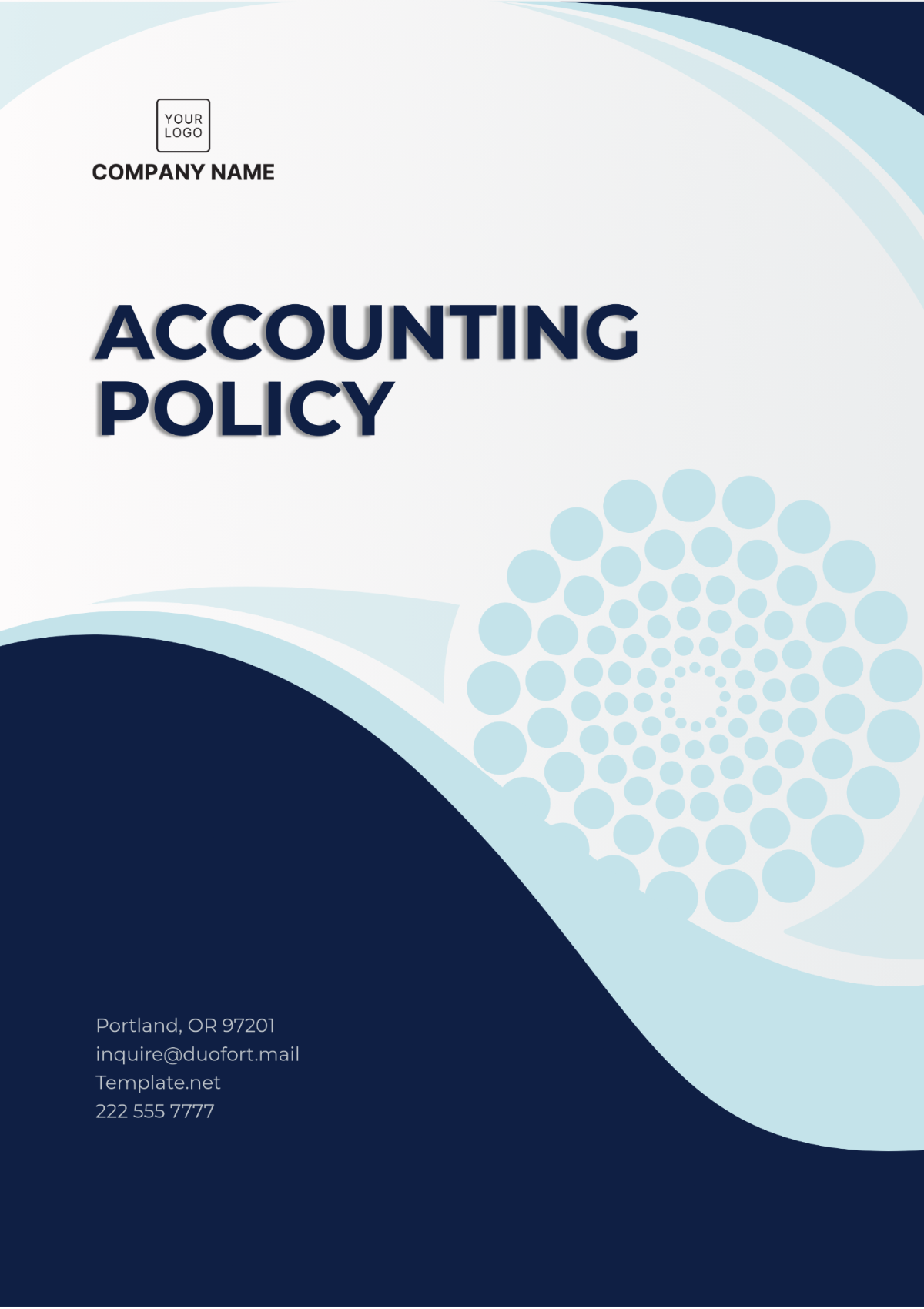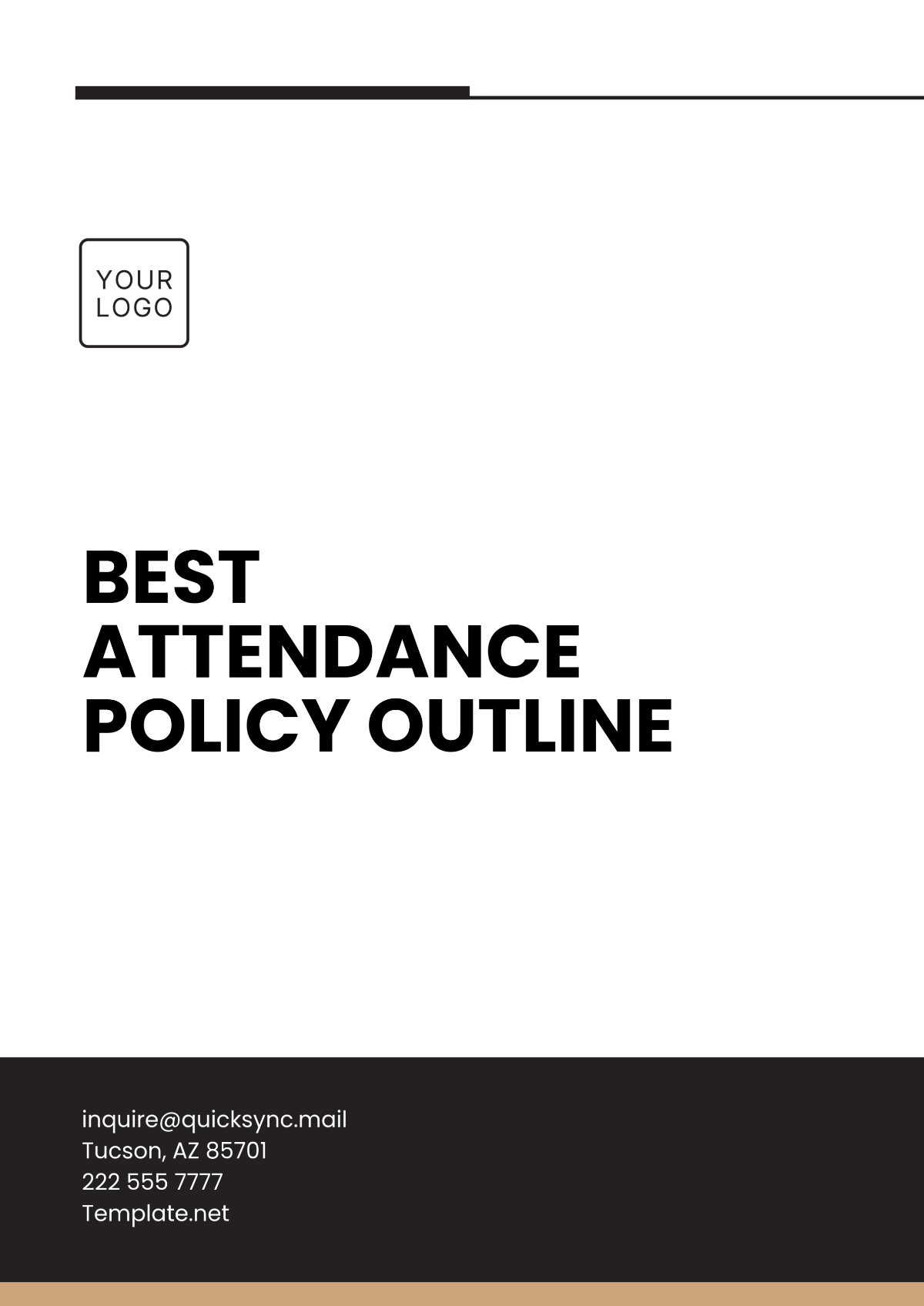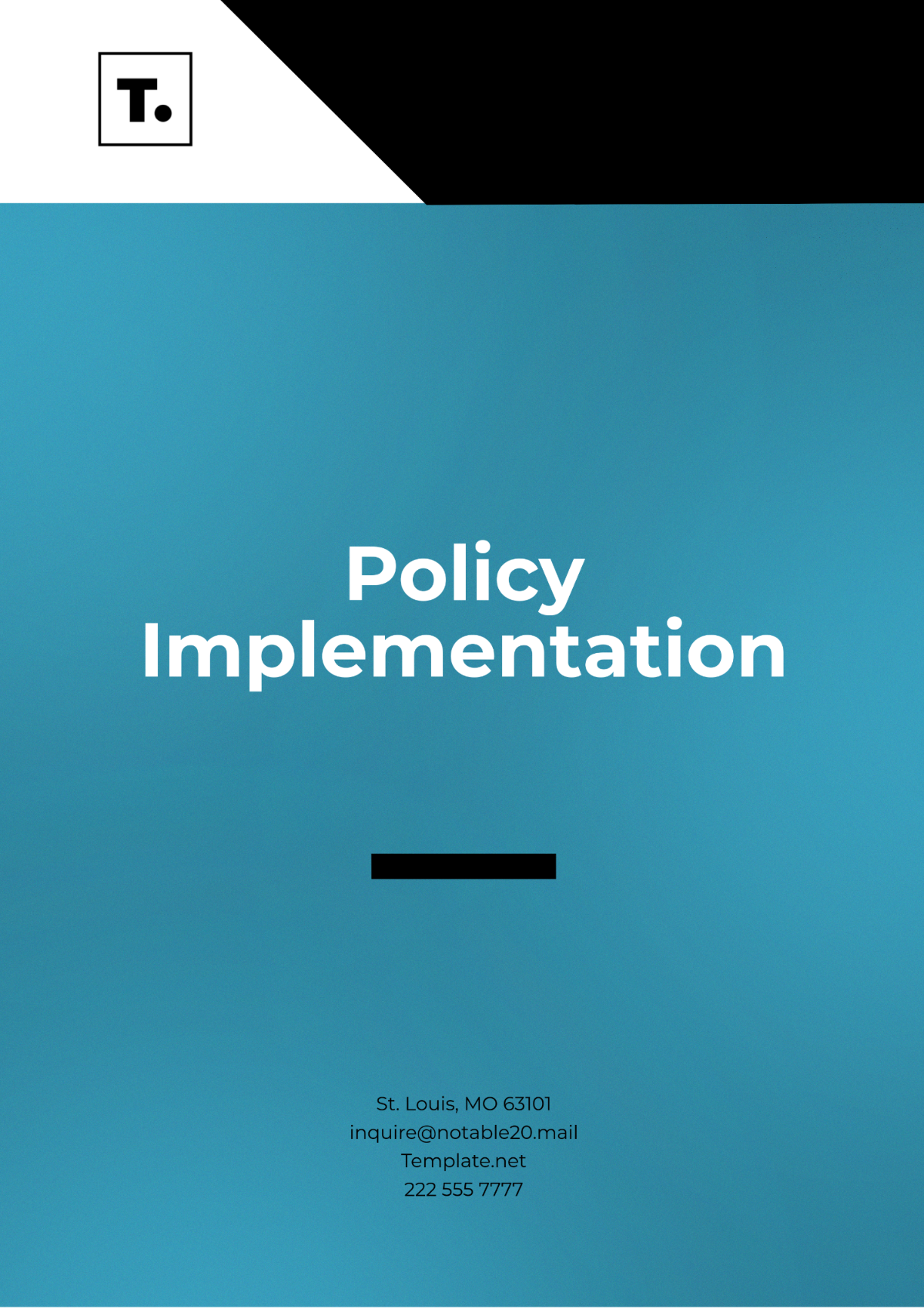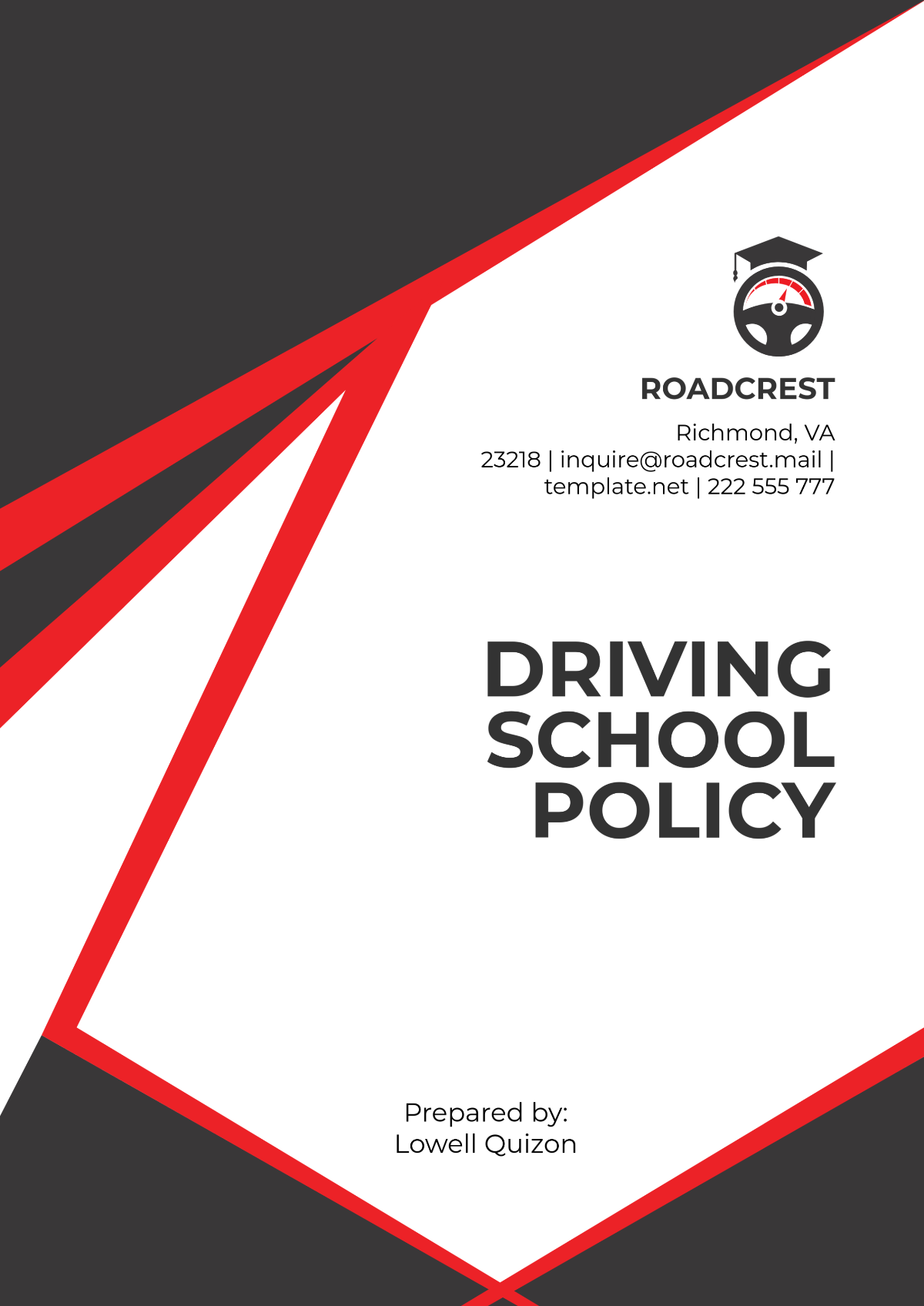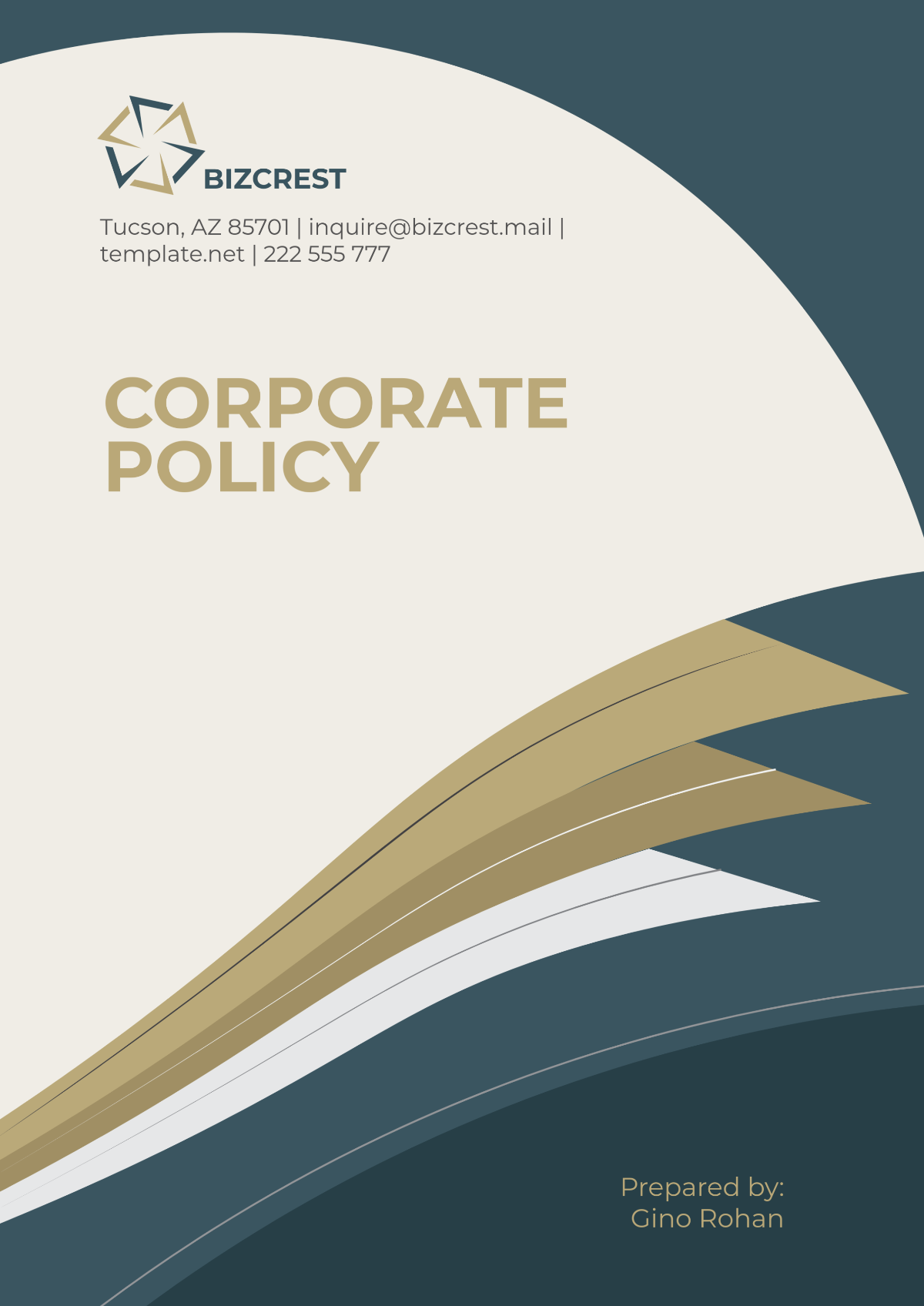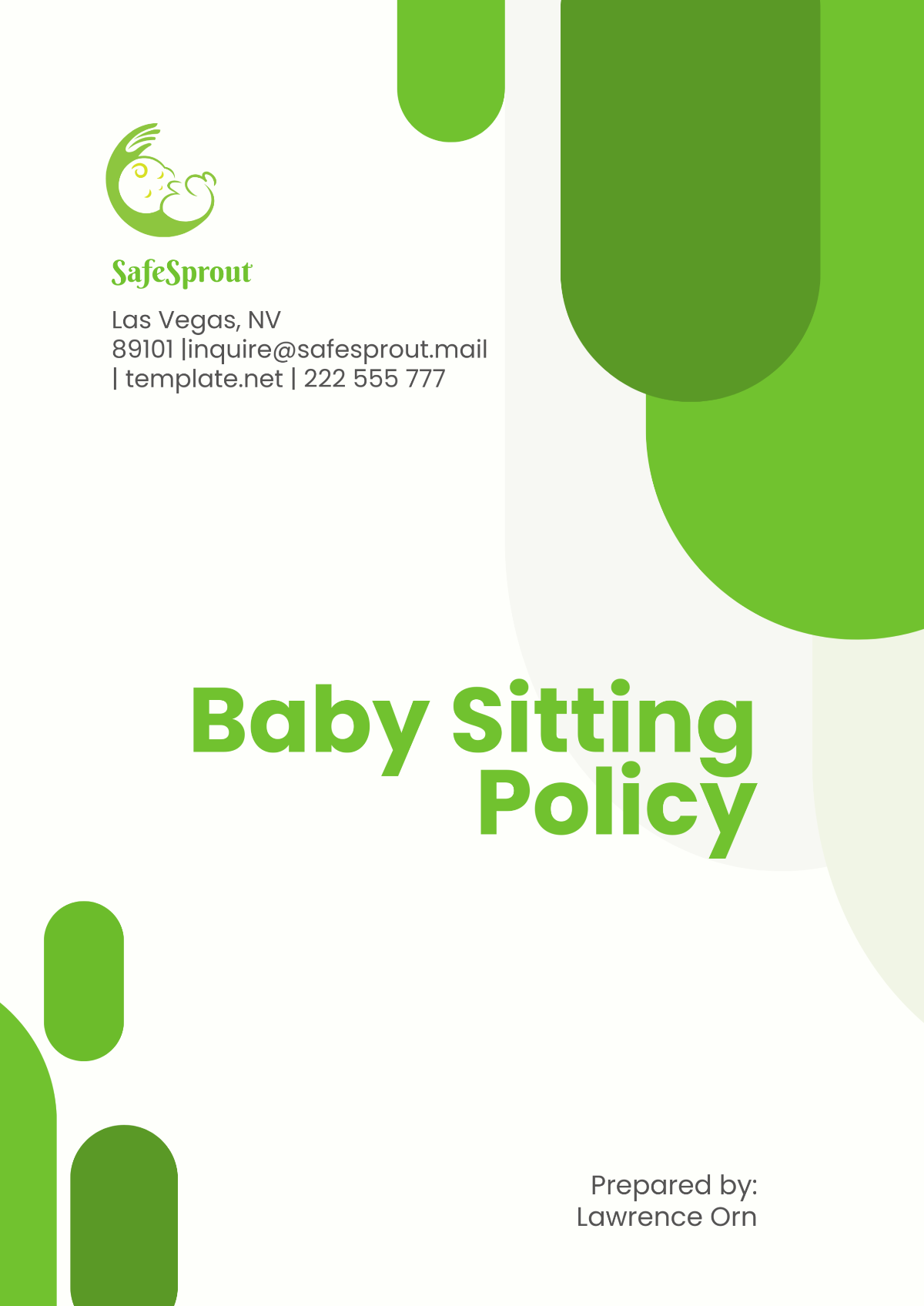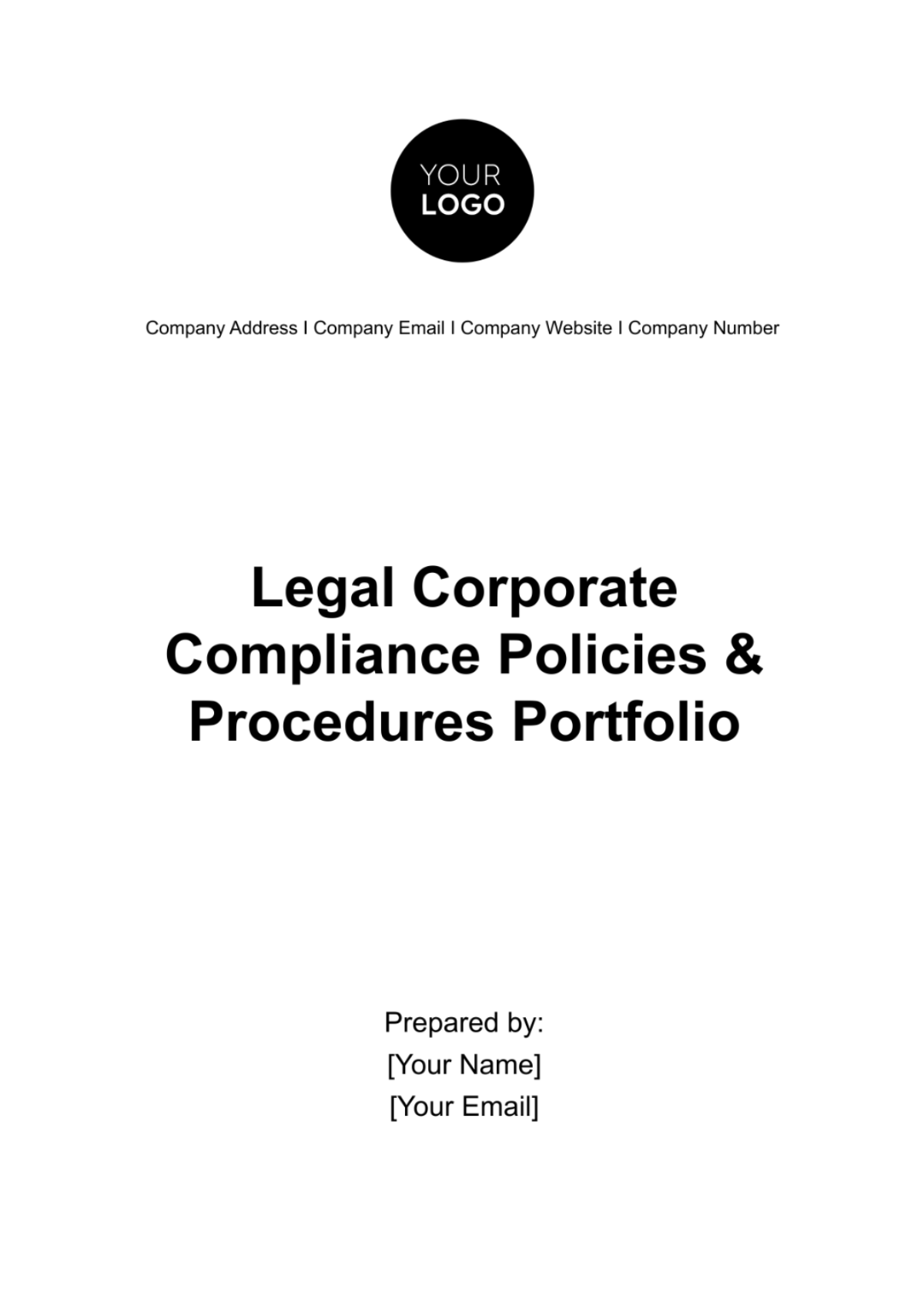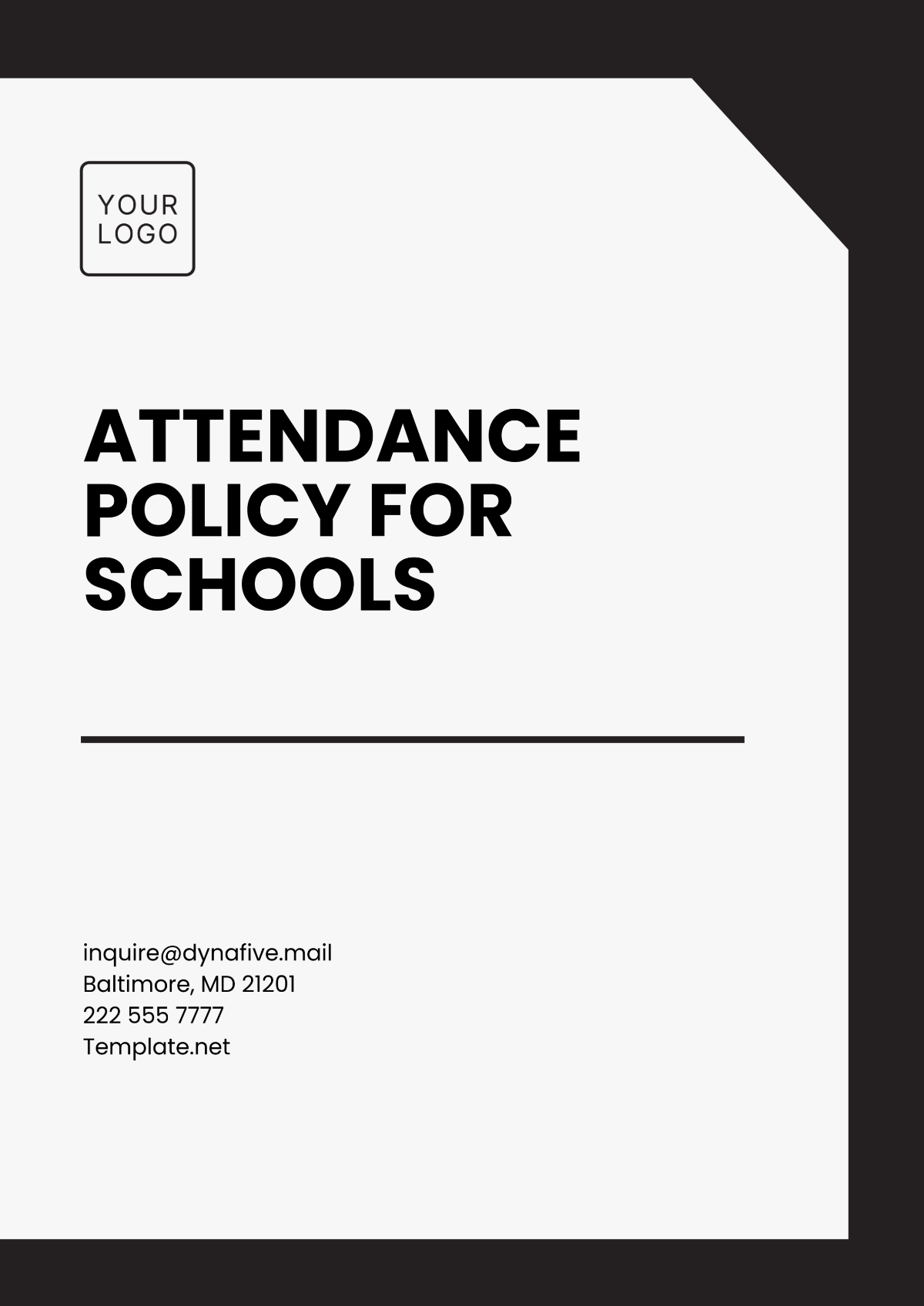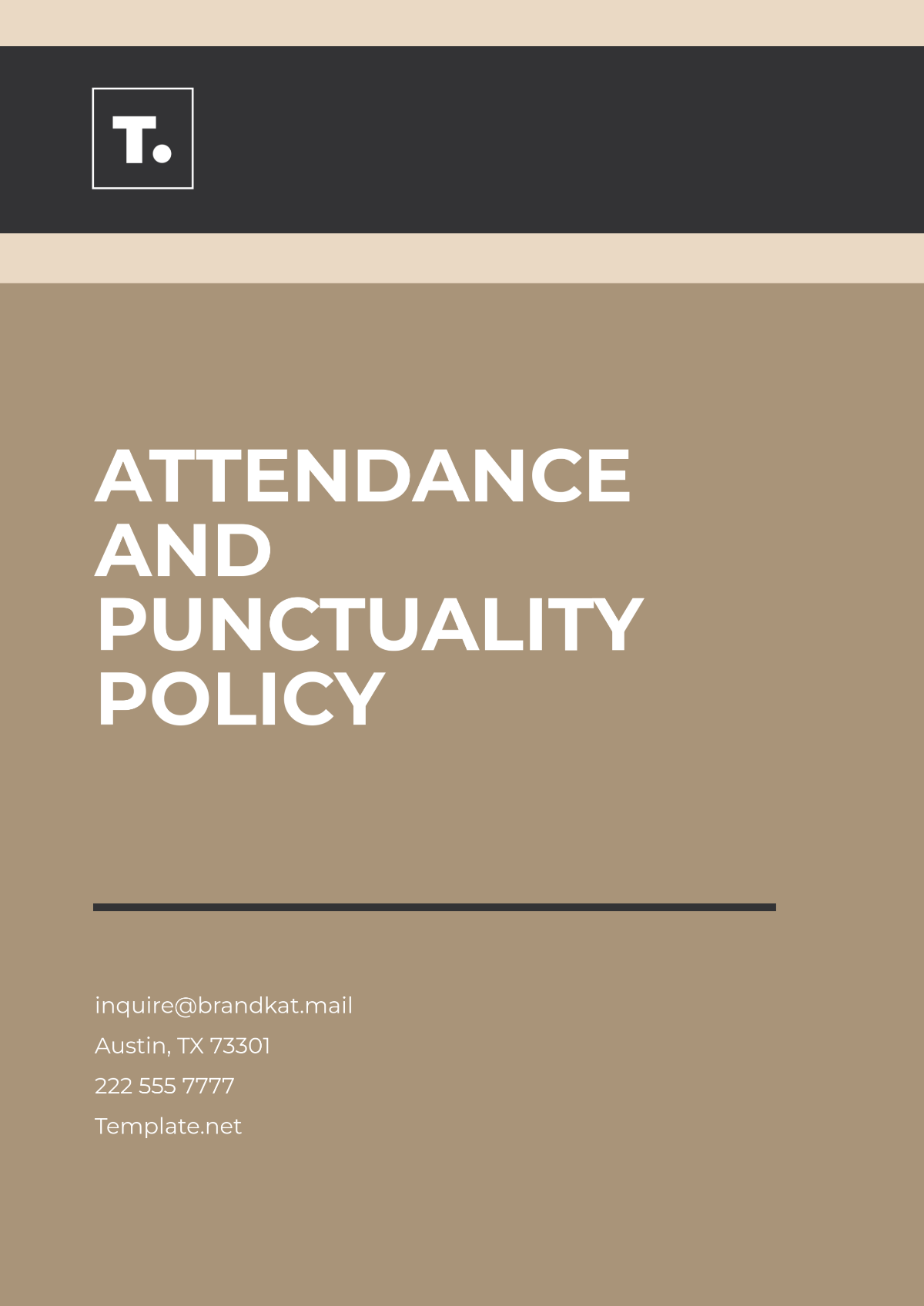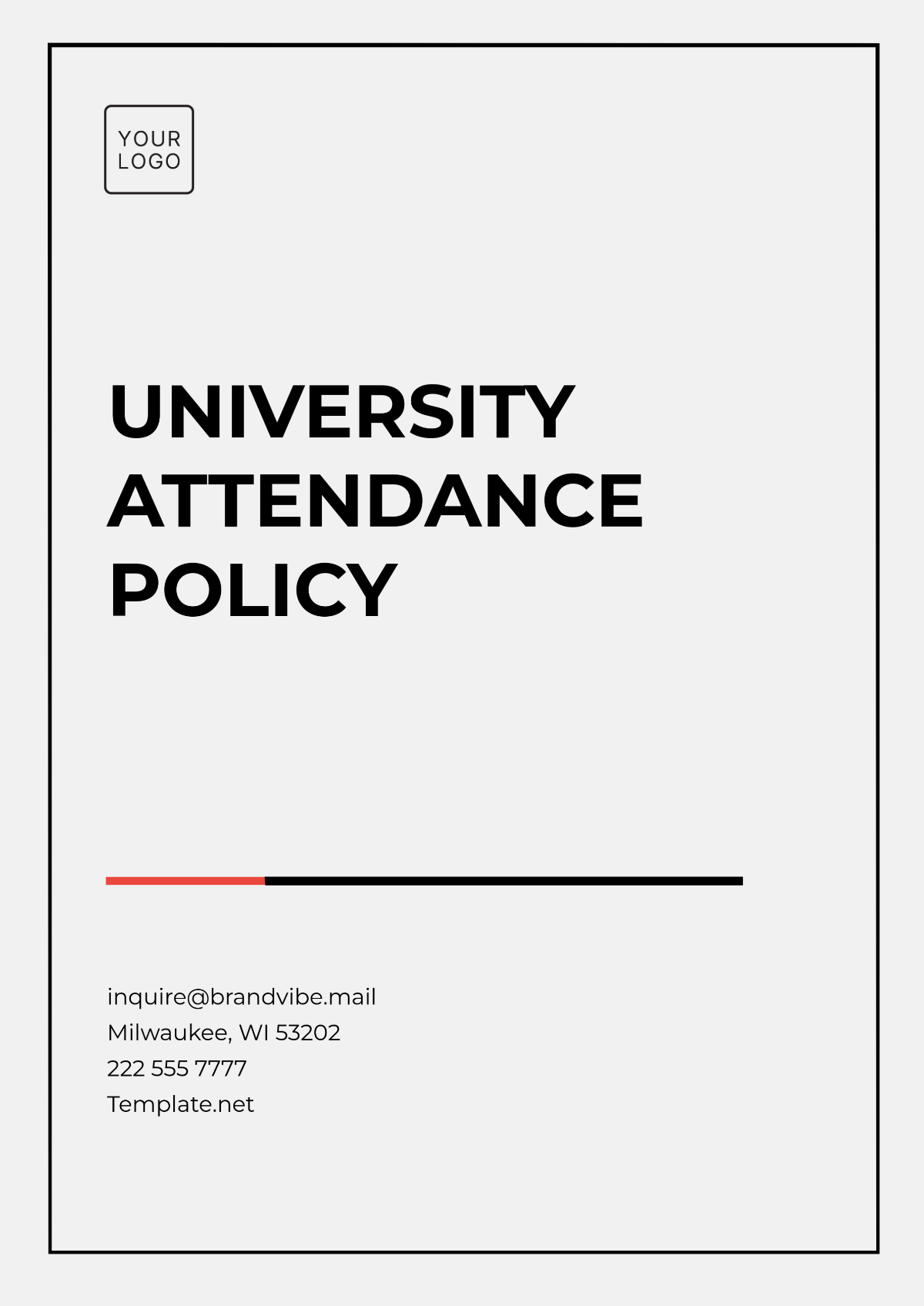Architecture Enterprise Policy
I. Introduction
A. Purpose of the Policy
The purpose of this Architecture Enterprise Policy is to provide a structured framework for designing, implementing, and managing the IT architecture of [Your Company Name]. This policy aims to ensure that the IT architecture aligns with business objectives, promotes efficiency, supports scalability, and adheres to security standards.
B. Scope and Applicability
This policy applies to all IT systems and infrastructure within [Your Company Name], including all departments, subsidiaries, and third-party partners engaged in IT projects. It encompasses hardware, software, data, and network resources.
C. Policy Ownership and Maintenance
The Enterprise Architecture Office (EAO) is responsible for the creation, maintenance, and enforcement of this policy. The EAO will review and update the policy annually or as needed to adapt to changing business needs and technological advancements.
D. Definitions and Terminology
Enterprise Architecture (EA): A comprehensive framework used to manage and align an organization's IT assets, people, operations, and projects with its overall business goals.
Architecture Review Board (ARB): A governing body responsible for overseeing the application of the architecture policy.
SDLC: System Development Lifecycle, a process for planning, creating, testing, and deploying an information system.
II. Governance Structure
A. Architecture Review Board (ARB)
Roles and Responsibilities
Chairperson: Leads ARB meetings, ensures policy adherence.
Members: Review architectural proposals, provide recommendations.
Secretary: Documents meetings and decisions, maintains records.
Membership
The ARB consists of senior enterprise architects, IT leadership, security officers, and key business stakeholders.
Meeting Frequency and Procedures
The ARB meets bi-monthly to review new projects, assess compliance, and approve architectural changes. Special meetings can be convened as needed.
B. Roles and Responsibilities
Enterprise Architects
Develop and maintain architecture standards and guidelines.
Review and approve architectural designs.
IT Leadership (CIO, CTO)
Ensure alignment of IT strategy with business goals.
Provide strategic direction for technology investments.
Security Officers
Ensure security policies are integrated into architectural designs.
Conduct security assessments and audits.
Legal and Compliance Teams
Ensure adherence to legal and regulatory requirements.
Provide guidance on compliance issues.
Business Stakeholders
Provide input on business requirements and objectives.
Ensure architectural designs meet business needs.
Project Managers
Implement projects in accordance with architecture standards.
Report on project progress and compliance.
External Consultants
Provide expertise and external perspective.
Assist in the evaluation of emerging technologies.
C. Policy Compliance and Enforcement
Compliance Monitoring
Regular audits will be conducted to ensure adherence to the policy. Non-compliance will be documented, and corrective actions will be mandated.
Reporting and Escalation Procedures
Non-compliance issues must be reported to the ARB. Persistent non-compliance will be escalated to senior management for resolution.
III. Architecture Principles
A. Guiding Principles
Principle | Description |
|---|---|
Simplicity | Strive for simple, understandable, and maintainable designs. |
Interoperability | Ensure systems can work together seamlessly. |
Scalability | Design systems to handle growth efficiently. |
Security | Embed security into every layer of the architecture. |
Sustainability | Promote eco-friendly and sustainable IT practices. |
B. Decision-Making Guidelines
Architectural decisions must consider the impact on business goals, user needs, and technical constraints. Decisions should be documented and justified based on these criteria.
C. Alignment with Business Objectives
All architectural designs must support the strategic objectives of [Your Company Name], including enhancing customer experience, improving operational efficiency, and enabling innovation.
IV. Standards and Guidelines
A. Architectural Frameworks
TOGAF (The Open Group Architecture Framework)
TOGAF provides a detailed method and set of supporting tools for developing an enterprise architecture. By adopting TOGAF, [Your Company Name] can ensure a consistent approach to architecture development, facilitating alignment with business strategy and enabling efficient change management.
Zachman Framework
The Zachman Framework offers a structured way to view and define an enterprise’s architecture. It helps in organizing architectural artifacts by different perspectives and aspects, ensuring comprehensive coverage of all enterprise components.
B. Technical Standards
Infrastructure
Standardize on a specific server brand and configuration to ensure compatibility and simplify maintenance. Implement defined network protocols and topologies to ensure reliable and efficient communication across the organization.
Application Development
Standardize on programming languages such as Java and Python to promote consistency and facilitate knowledge sharing among developers. Adopt specific development frameworks like Spring for backend development and Angular for frontend development to enhance productivity and maintainability.
Data Management
Use specified database technologies like SQL Server and Oracle to ensure robust and scalable data storage solutions. Standardize on data formats like JSON and XML to facilitate data interchange and integration across systems.
C. Best Practices
Design Patterns
Implement design patterns such as MVC (Model-View-Controller) and Singleton to promote code reuse and improve software maintainability. Ensure that these patterns are well-documented and communicated to development teams.
Technology Selection
Use a structured approach, including cost-benefit analysis and proof-of-concept testing, to evaluate and select new technologies. Consider factors such as total cost of ownership, vendor support, and alignment with existing infrastructure.
Documentation Standards
Maintain thorough and consistent documentation for all projects to ensure knowledge transfer and continuity. Use standardized templates for architectural designs, project plans, and user manuals to promote clarity and uniformity.
V. Lifecycle Management
A. System Development Lifecycle (SDLC)
Planning and Requirements
Define the scope, objectives, and requirements of each project clearly. Conduct feasibility studies to evaluate technical and financial viability, ensuring alignment with business goals.
Design and Development
Create detailed design documents outlining system architecture, components, and interfaces. Develop systems according to these specifications, ensuring adherence to coding standards and best practices.
Testing and Deployment
Perform comprehensive testing, including unit, integration, system, and user acceptance testing, to identify and resolve defects. Follow standardized deployment processes to ensure smooth transitions from development to production environments.
Maintenance and Decommissioning
Establish procedures for ongoing system maintenance, including regular updates and patches. Plan for system decommissioning by ensuring proper data migration and archival processes are in place.
B. Change Management
Change Request Procedures
Document and submit change requests through a centralized system for review and approval. Ensure that all change requests are evaluated for their impact on existing systems and processes.
Impact Analysis
Assess the potential impact of proposed changes on system performance, security, and user experience. Conduct risk assessments to identify and mitigate potential issues before implementation.
Approval and Implementation
Obtain necessary approvals from the ARB and other relevant stakeholders before implementing changes. Document the implementation process and ensure thorough testing to validate changes.
C. Version Control
Use version control systems like Git to manage code changes and maintain a history of revisions. Ensure that all project artifacts, including design documents and source code, are version-controlled to facilitate tracking and rollback if necessary.
VI. Security and Risk Management
A. Security Policies
Data Protection
Implement encryption, access controls, and data masking techniques to protect sensitive information. Ensure compliance with data protection regulations such as GDPR and CCPA.
Access Control
Enforce role-based access control (RBAC) to limit access to systems and data based on user roles. Regularly review and update access permissions to reflect changes in roles and responsibilities.
Incident Response
Develop and maintain an incident response plan to handle security breaches and other emergencies. Conduct regular drills and reviews to ensure preparedness and effective response capabilities.
B. Risk Management
Risk Assessment
Conduct regular risk assessments to identify and evaluate potential threats to the IT environment. Use qualitative and quantitative methods to prioritize risks based on their likelihood and impact.
Mitigation Strategies
Develop strategies to mitigate identified risks, including redundancy, backups, and disaster recovery plans. Implement controls to prevent or minimize the impact of potential risks.
Risk Monitoring and Reporting
Monitor risks continuously through automated tools and manual reviews. Report findings to the ARB and senior management to ensure transparency and prompt action.
VII. Performance and Quality
A. Performance Metrics
Metric | Definition |
|---|---|
Uptime | Percentage of time systems are operational. |
Response Time | Average time taken to respond to user requests. |
Transaction Volume | Number of transactions processed in a given period. |
Regularly track and report these metrics to ensure systems meet performance standards. Use the data to identify areas for improvement and optimize system performance.
B. Quality Assurance
Testing Procedures
Implement comprehensive testing procedures, including automated and manual tests, to ensure software quality. Use tools like Selenium and JUnit to automate testing processes and improve efficiency.
Quality Control Measures
Adopt quality control measures such as code reviews, peer reviews, and continuous integration to ensure systems meet predefined standards. Establish clear criteria for quality and compliance to guide these reviews.
C. Continuous Improvement
Regularly review and update processes and practices to enhance performance and quality. Encourage feedback from stakeholders and use it to drive improvements in architecture and development practices.
VIII. Integration and Interoperability
A. Integration Strategies
Middleware and APIs
Use middleware and APIs to facilitate seamless integration between disparate systems. Ensure that APIs are well-documented, secure, and adhere to industry standards.
Data Integration
Implement data integration strategies such as ETL (Extract, Transform, Load) processes to ensure consistent and accurate data across systems. Use data warehousing and data lakes to centralize and manage data effectively.
B. Interoperability Standards
Communication Protocols
Standardize on communication protocols such as HTTP, REST, and SOAP to ensure reliable and consistent interactions between systems. Regularly review and update these standards to incorporate new technologies and best practices.
Data Formats
Ensure consistent use of data formats such as JSON, XML, and CSV to enable interoperability. Establish guidelines for data format selection based on use case requirements and industry standards.
IX. Innovation and Adaptability
A. Emerging Technologies
Evaluation and Adoption
Establish a process for evaluating and adopting emerging technologies that align with business goals. Conduct pilot programs and proof-of-concept projects to test new technologies before full-scale implementation.
Pilot Programs
Conduct pilot programs to test new technologies in a controlled environment. Use the results to assess feasibility, benefits, and potential challenges before wider adoption.
B. Flexibility in Architecture
Modular Design
Promote modular design to enhance flexibility and scalability. Use microservices architecture to enable independent deployment and scaling of system components.
Scalability Considerations
Design systems to scale efficiently with the growth of the organization. Implement auto-scaling and load balancing to manage varying workloads and ensure high availability.
X. Documentation and Training
A. Documentation Requirements
Architectural Decisions
Document all architectural decisions, including rationale and implications. Ensure these documents are accessible and updated regularly to reflect changes and new insights.
System Design Documentation
Maintain comprehensive design documents for all systems, including diagrams, specifications, and interfaces. Use standardized templates to ensure consistency and clarity.
Implementation Records
Keep detailed records of system implementations and changes, including configuration settings, deployment procedures, and test results. Store these records in a centralized repository for easy access and reference.
B. Training and Development
Staff Training Programs
Develop and deliver comprehensive training programs designed to ensure that all staff members have a thorough understanding of and comply with the established architecture policies. These programs should also include detailed training sessions on new technologies, tools, and industry best practices to keep the team well-informed and proficient in the latest advancements in their field.
Continuous Learning Opportunities
Offer and facilitate ongoing opportunities for continuous learning and professional development, aiming to enhance skills and knowledge. Actively encourage staff to participate in various industry-related conferences, engage in workshops, and enroll in online courses to stay current with advancements and trends in their field.
Resource Availability
Ensure that resources are adequately available, allowing staff members to access the most current and updated information and training materials. It is also crucial to maintain a comprehensive knowledge base that includes detailed documentation, instructional tutorials, and frequently asked questions (FAQs) to support ongoing learning and development.
XI. Review and Revision
A. Policy Review Process
Carry out a comprehensive annual review of the policy to ensure that it continues to be relevant and effective. Include key stakeholders in the review process to obtain a variety of perspectives and insights.
B. Revision History and Versioning
Keep a detailed revision history log to meticulously document all changes and updates made to the policy. Employ version control systems to effectively manage policy documents, ensuring precise and accurate tracking of all revisions made over time.
Version | Date | Description | Author |
|---|---|---|---|
1.0 | [Date] | Initial policy document | [Name] |
C. Feedback Mechanisms
Implement systematic feedback mechanisms that enable stakeholders to propose enhancements to the policy. Utilize various methods such as surveys, focus groups, and suggestion boxes to collect feedback, thus ensuring that the policy is effectively aligned with the needs of the organization.
